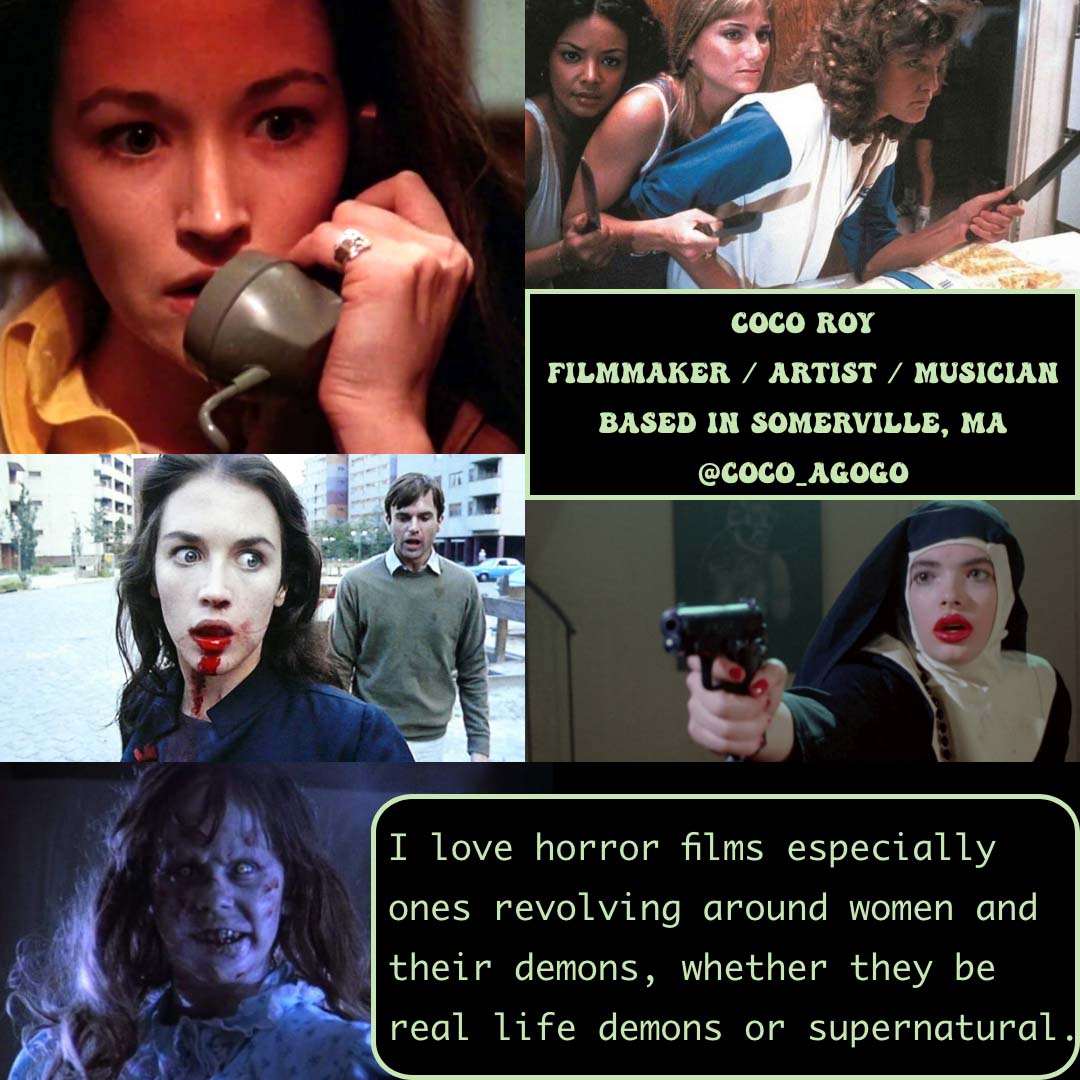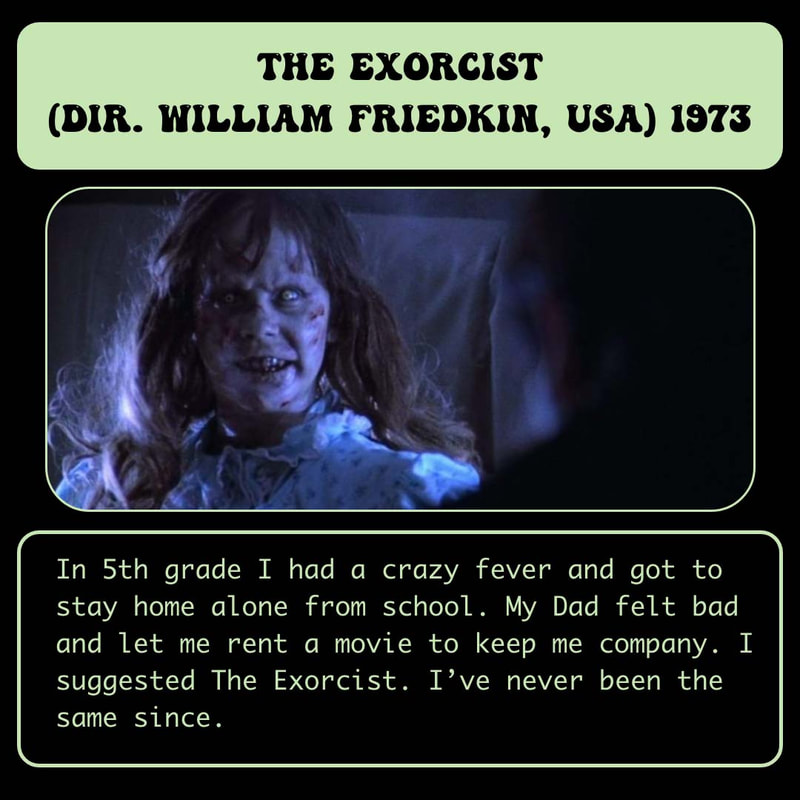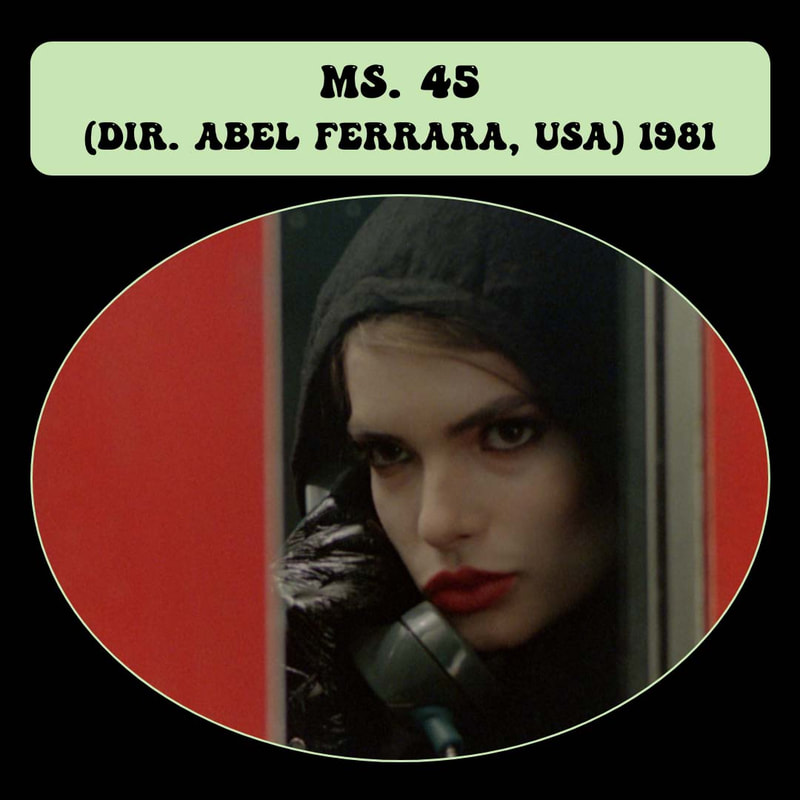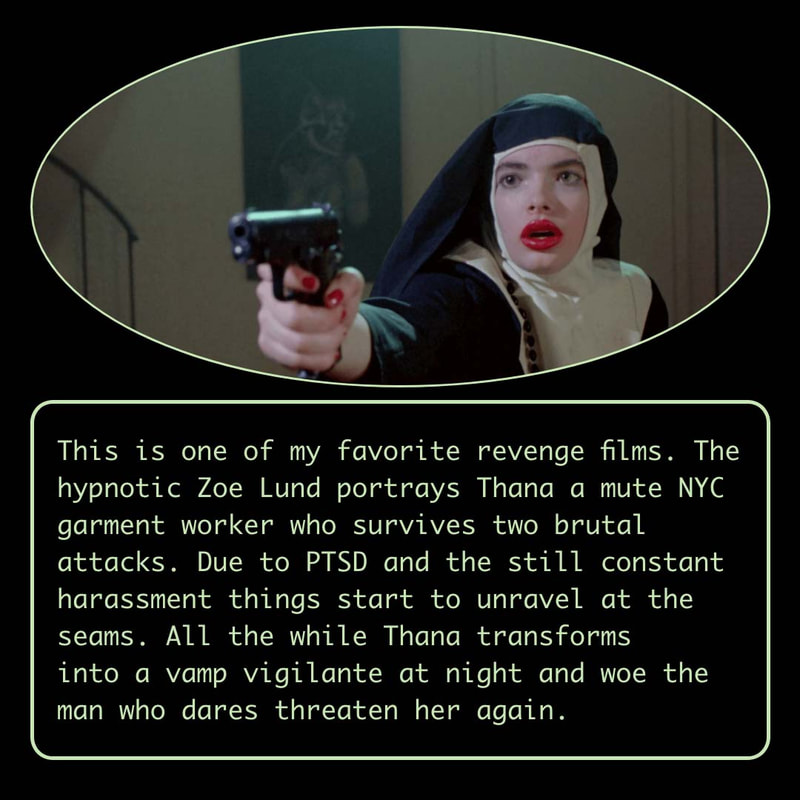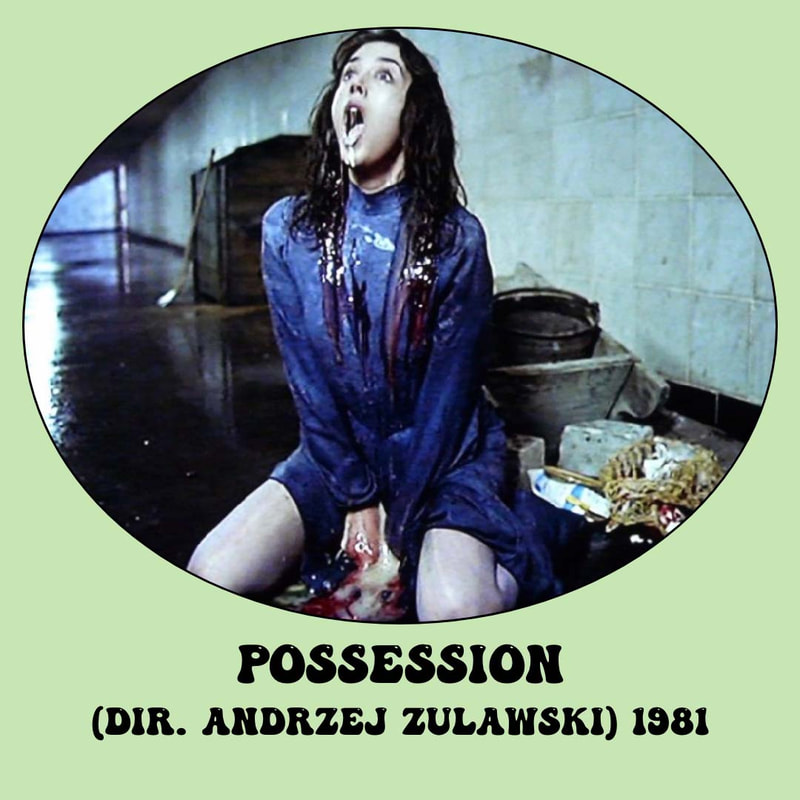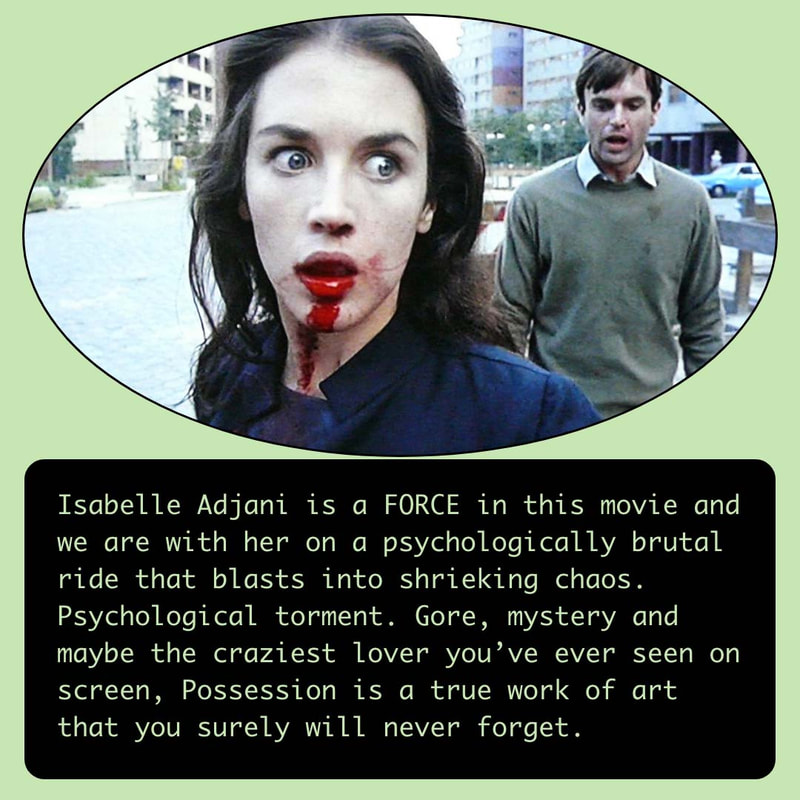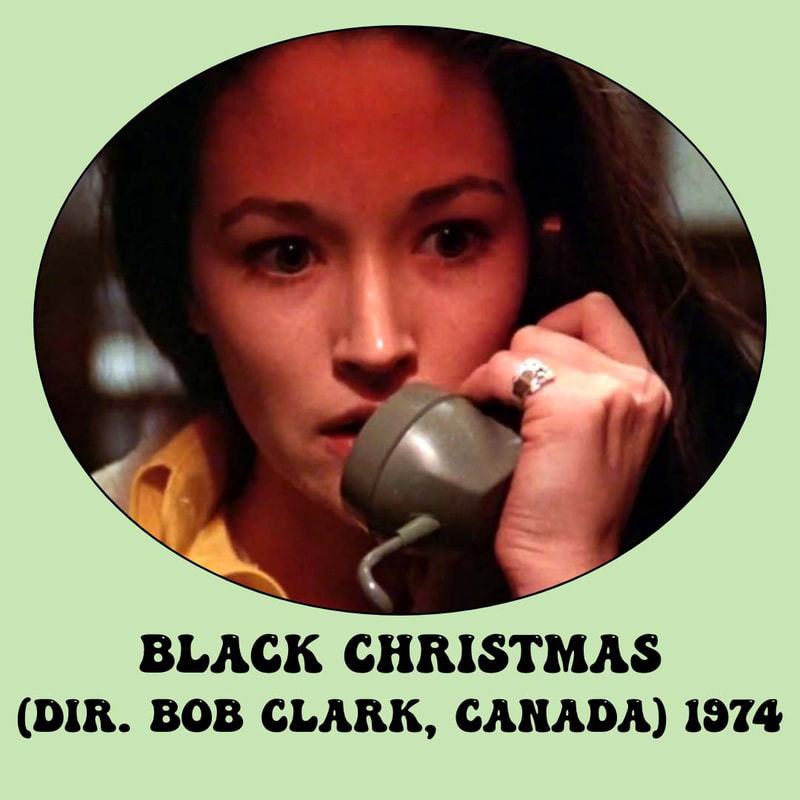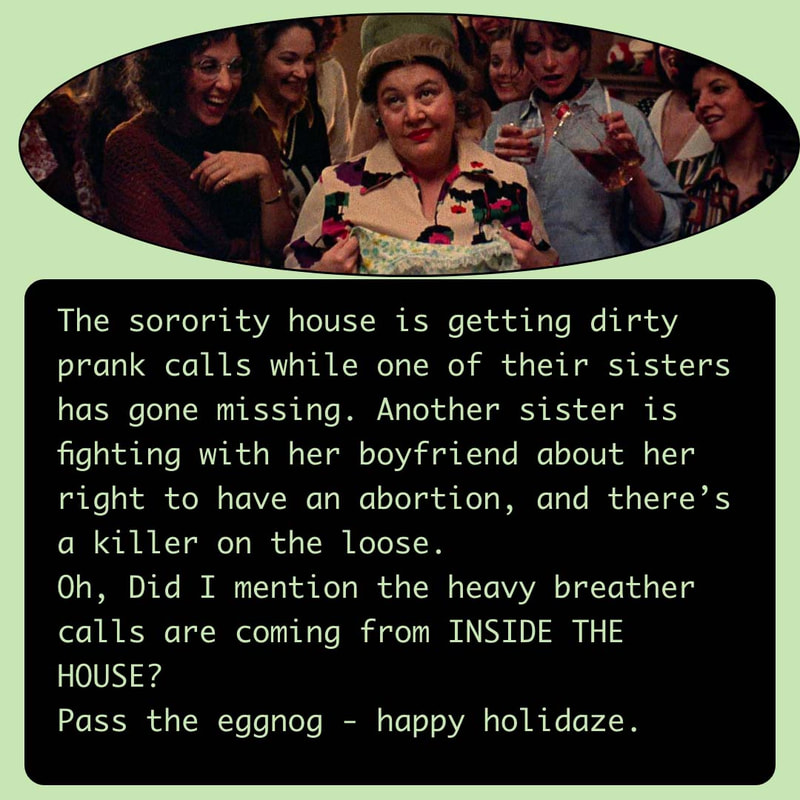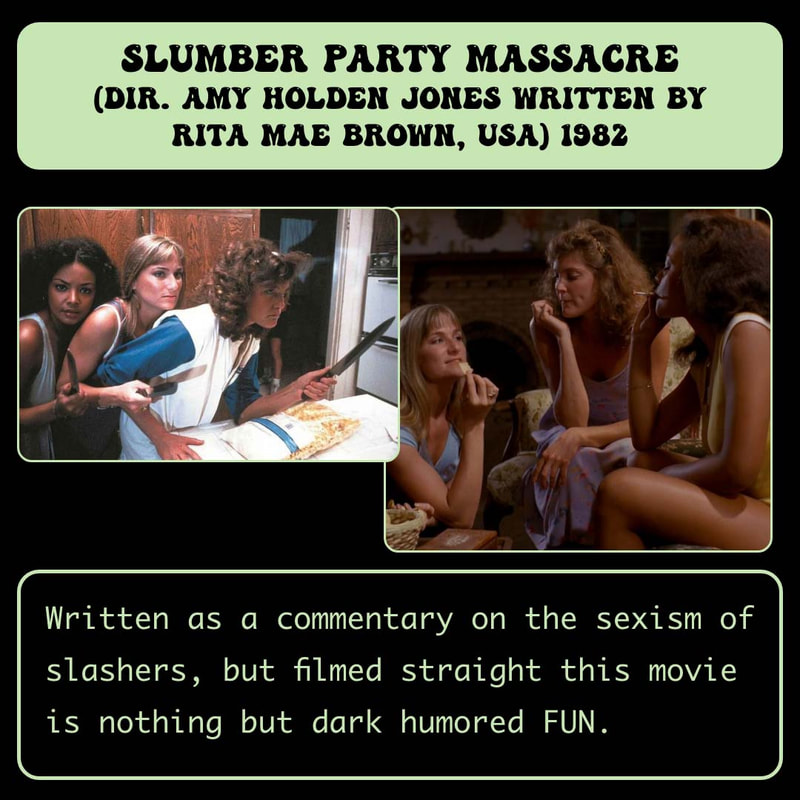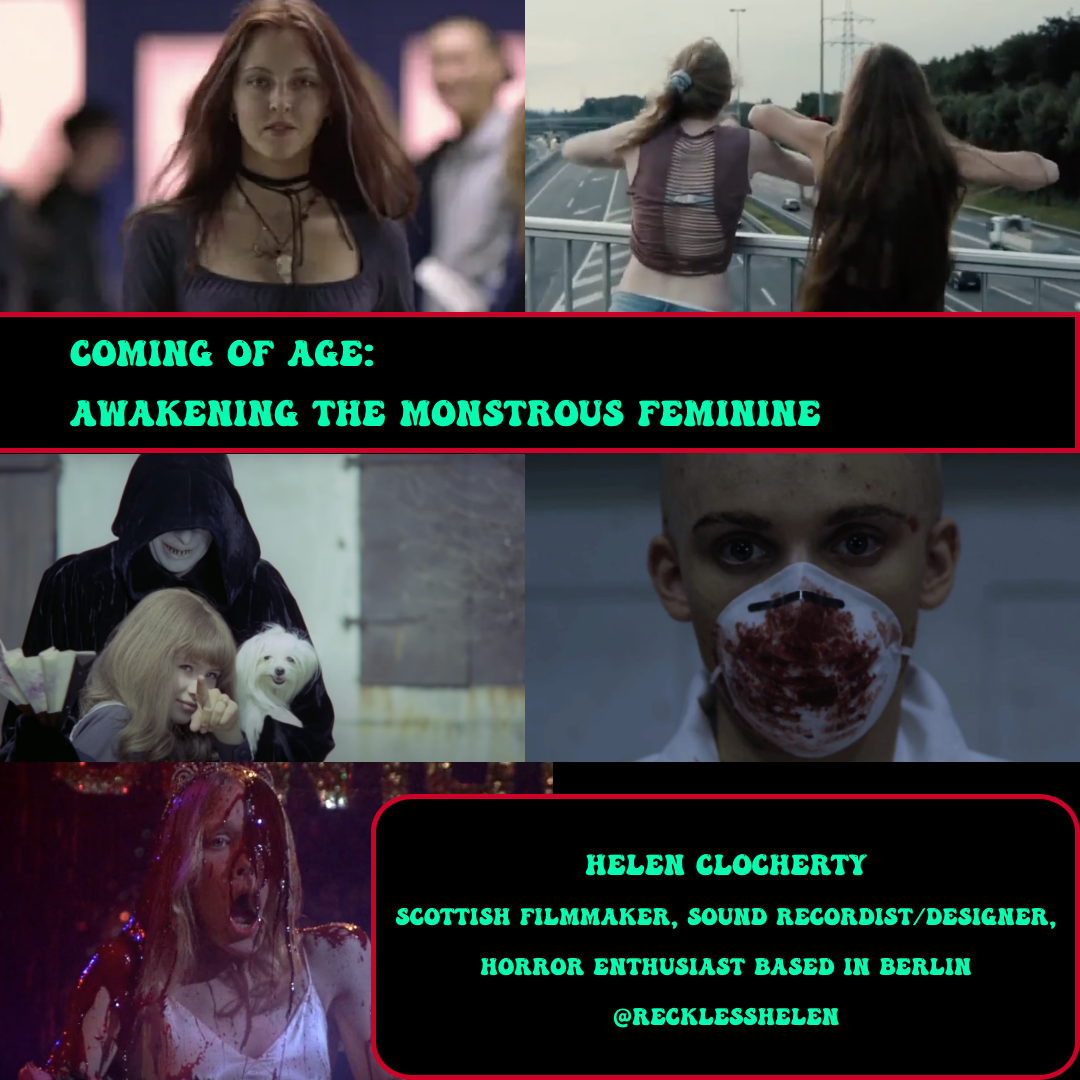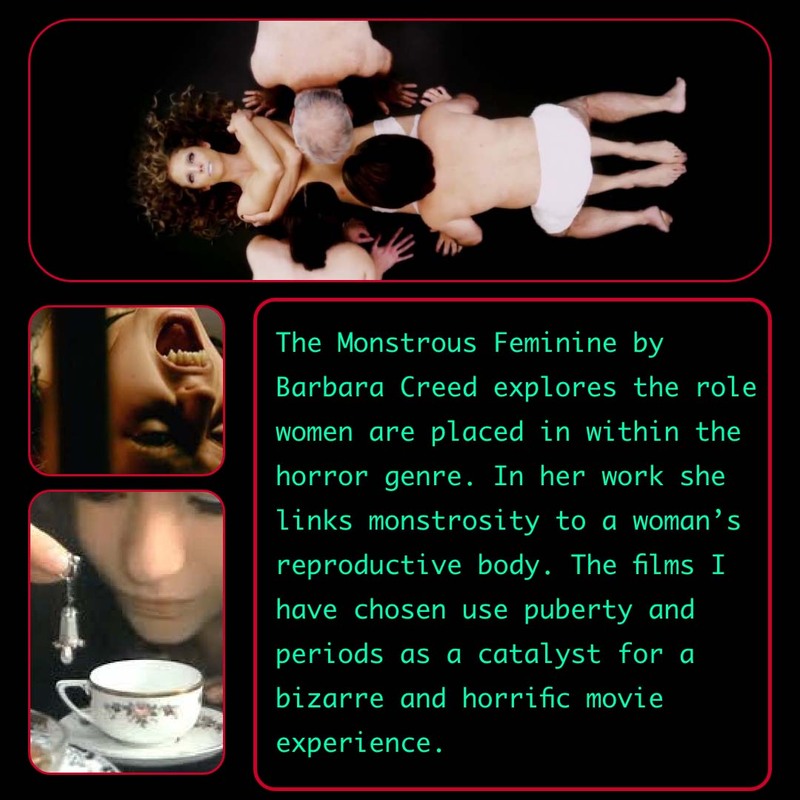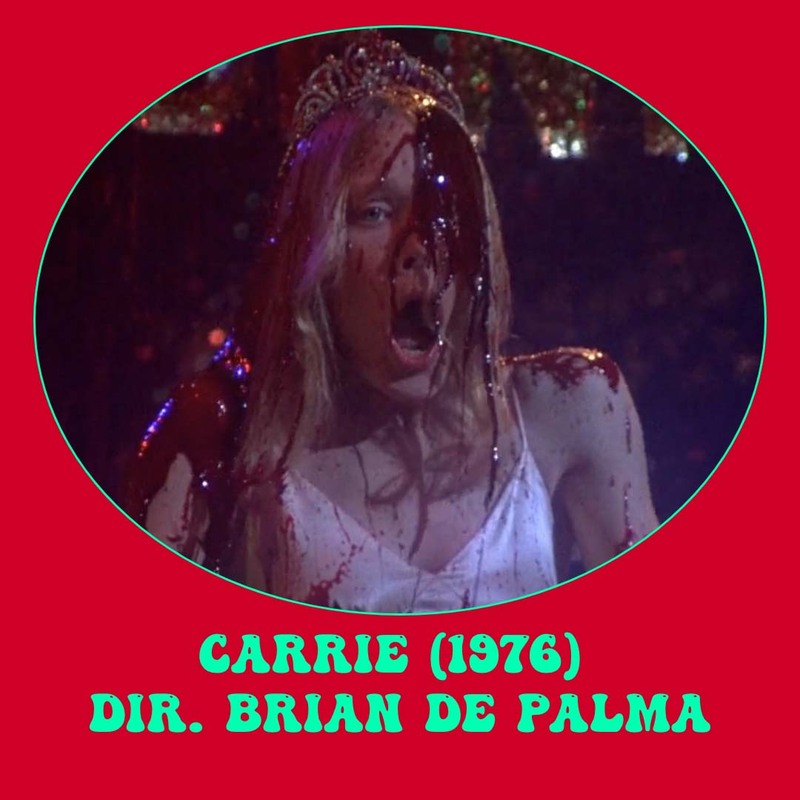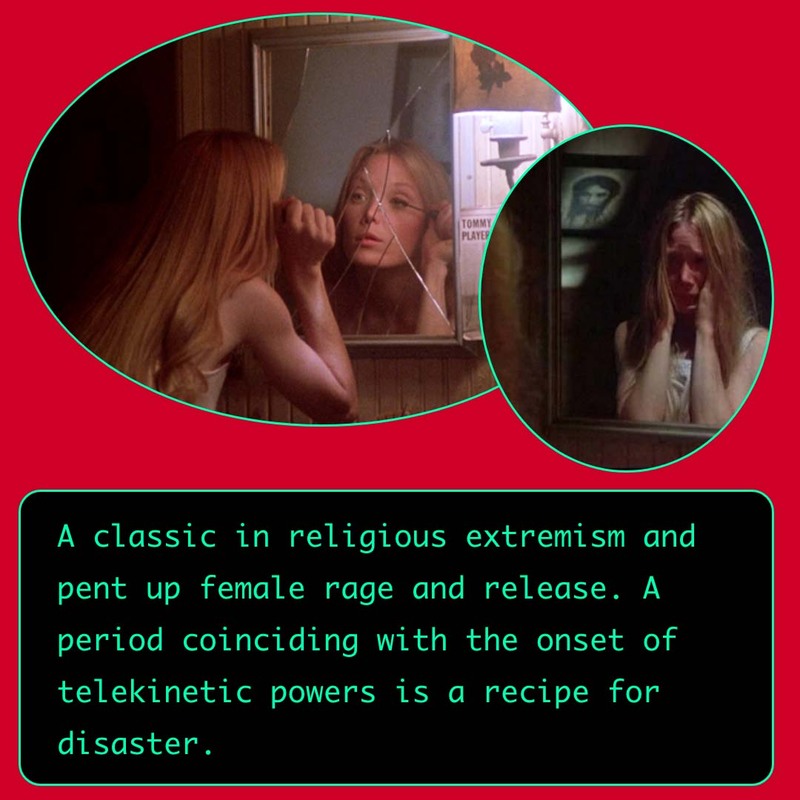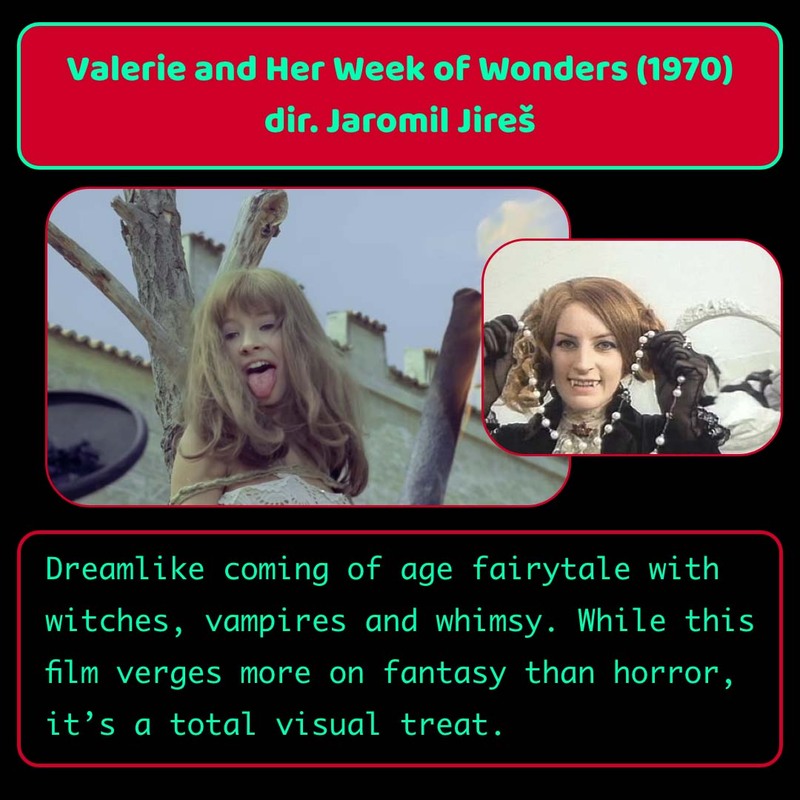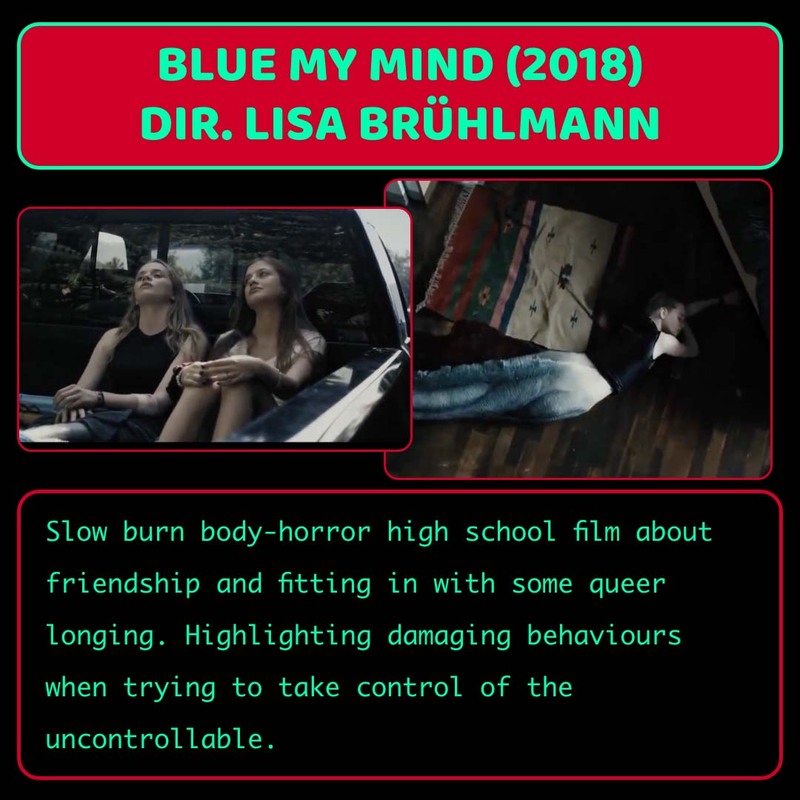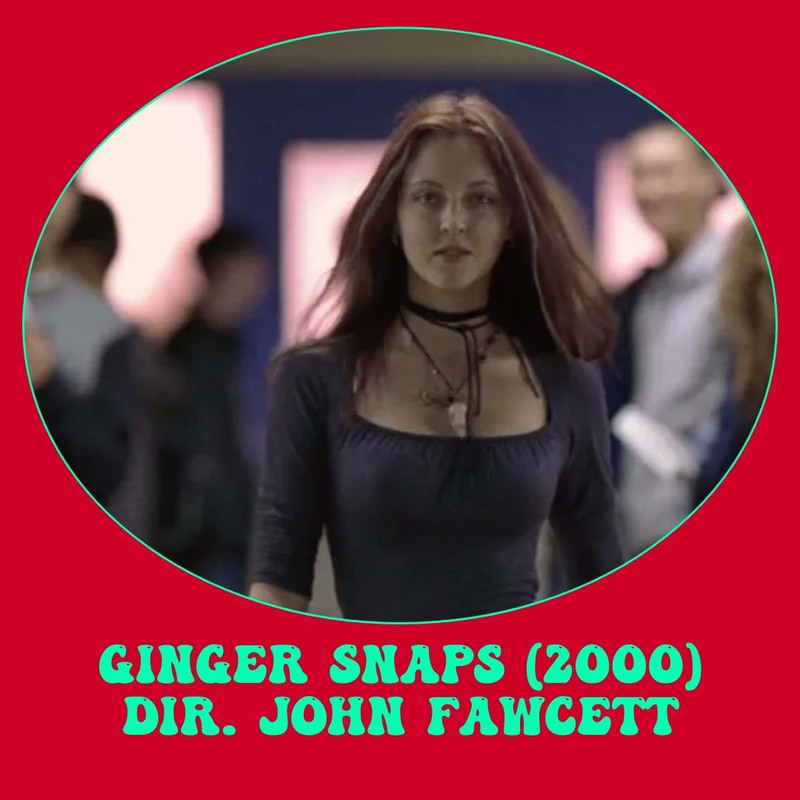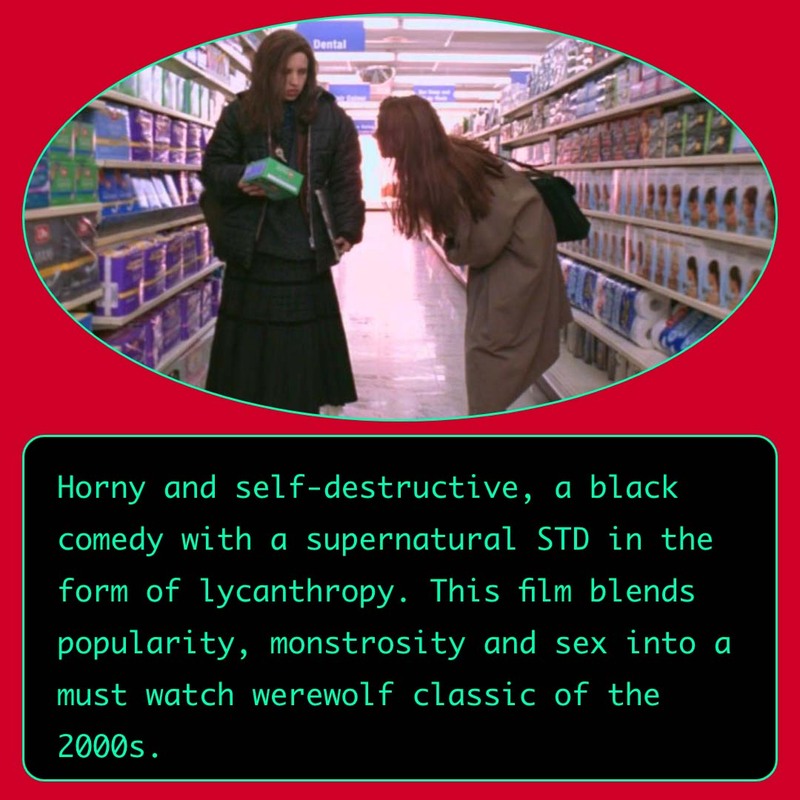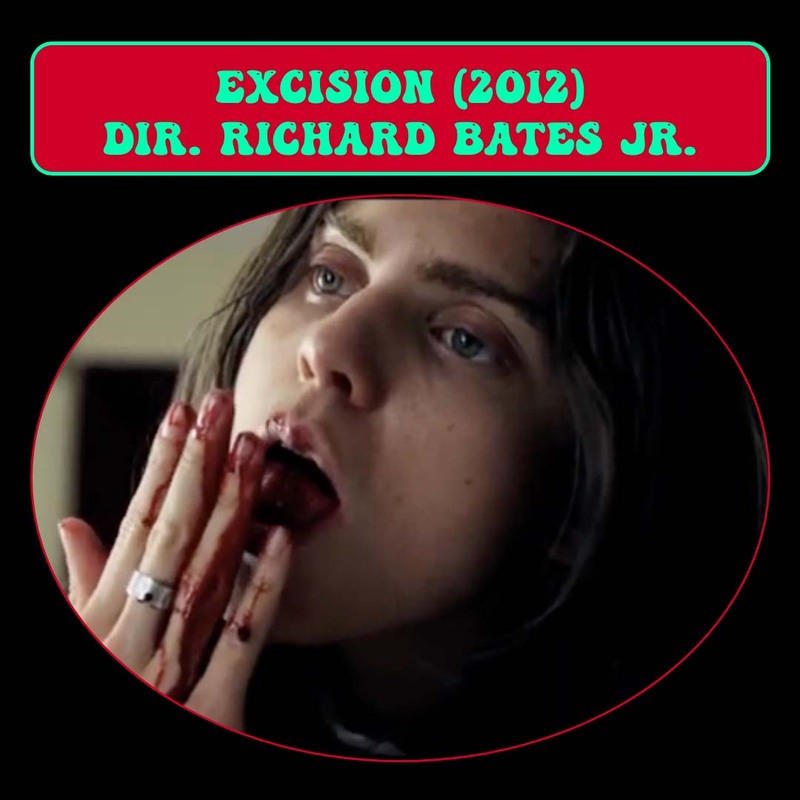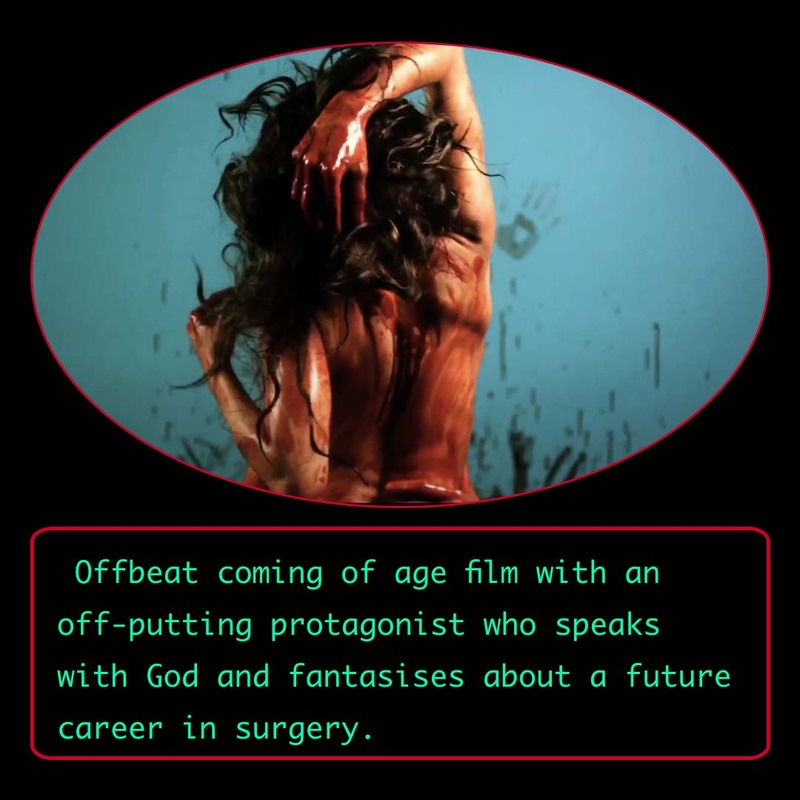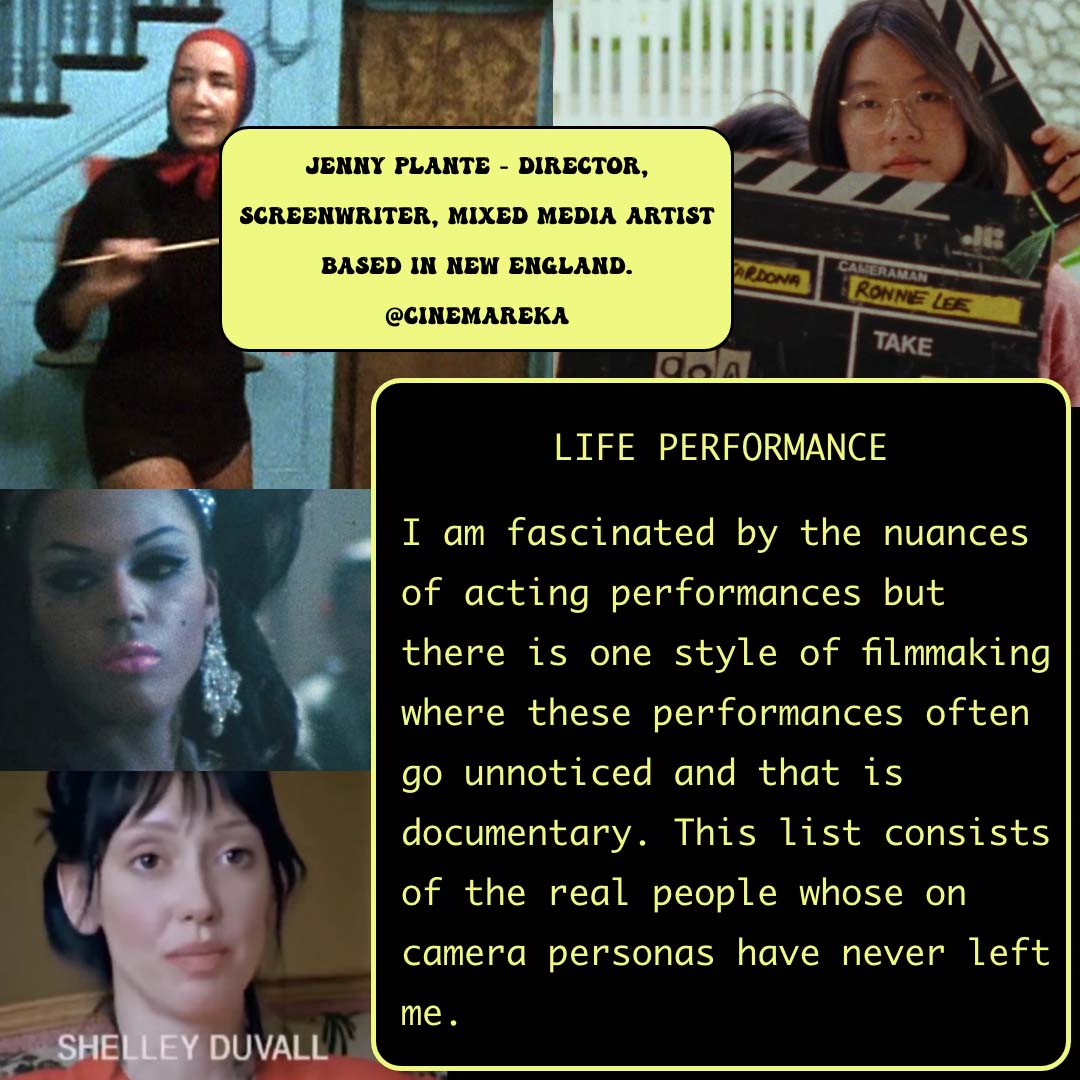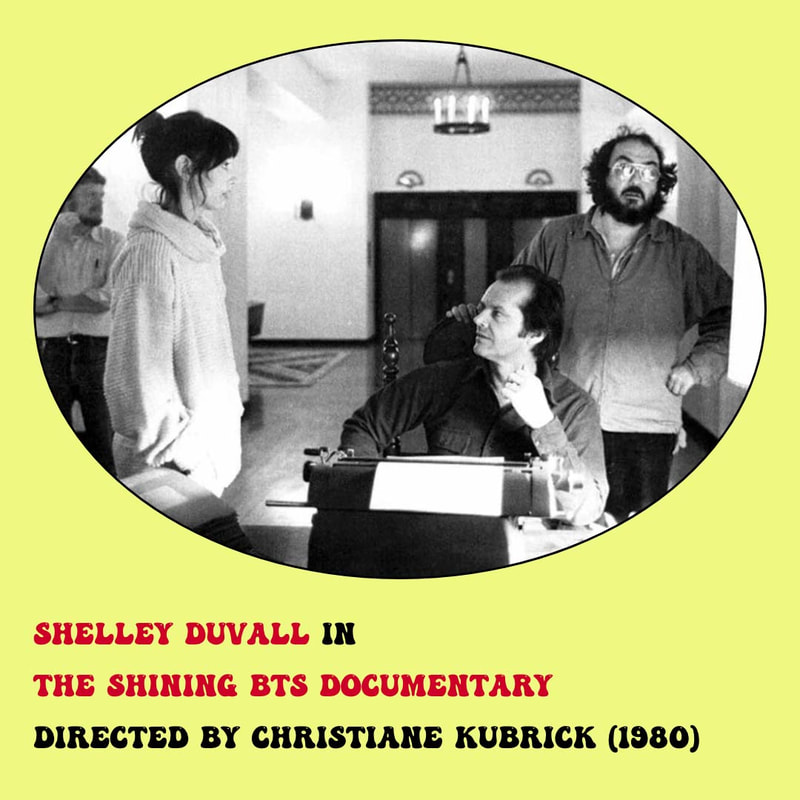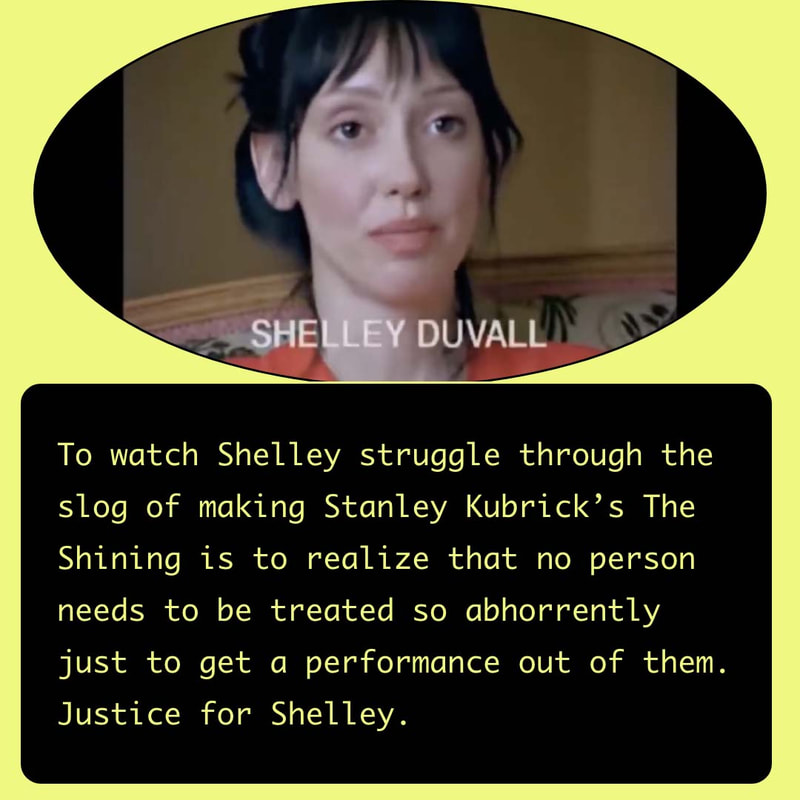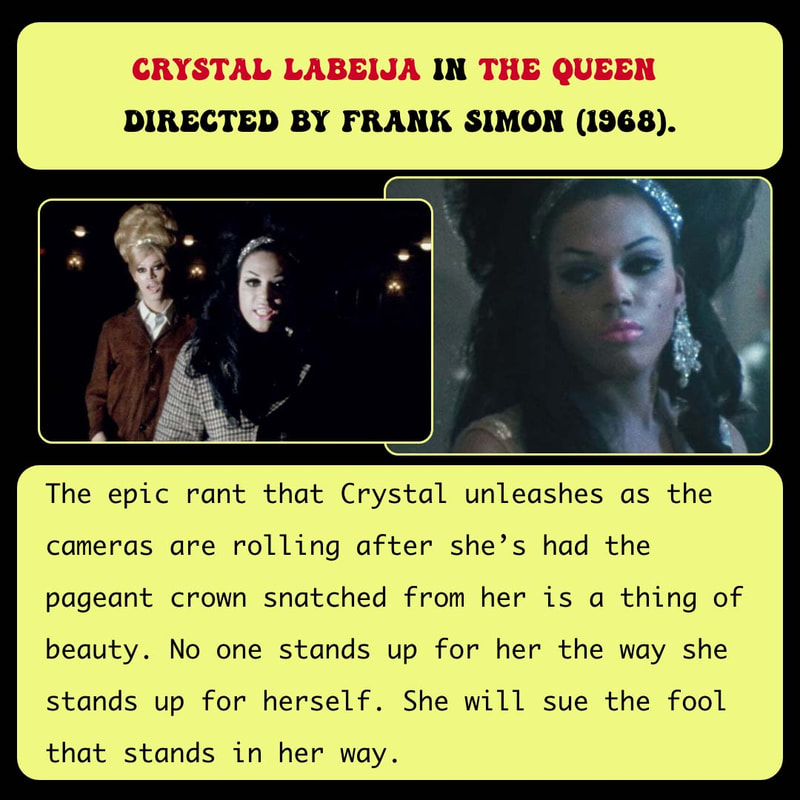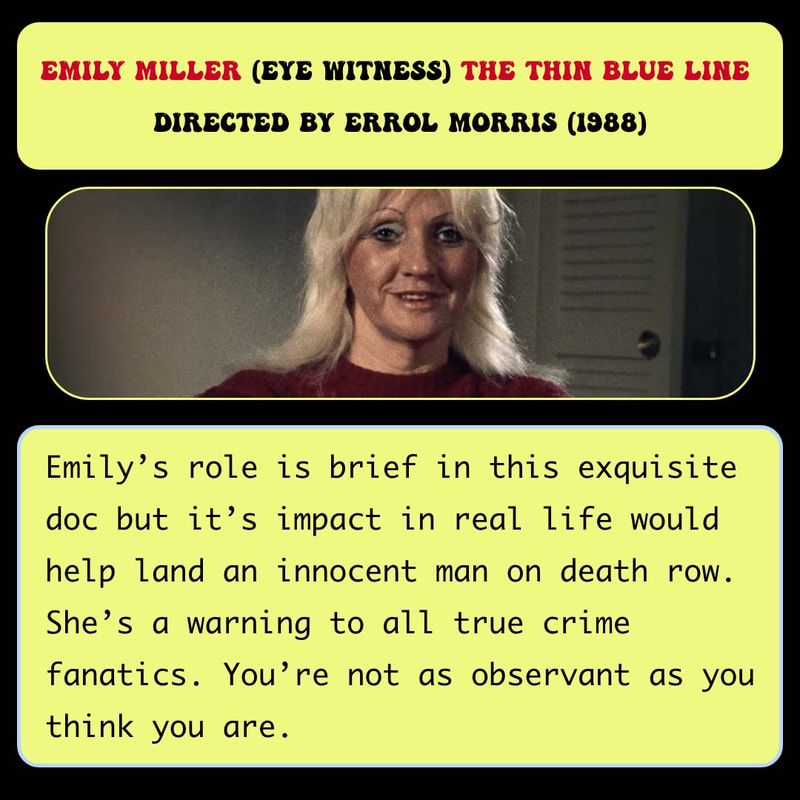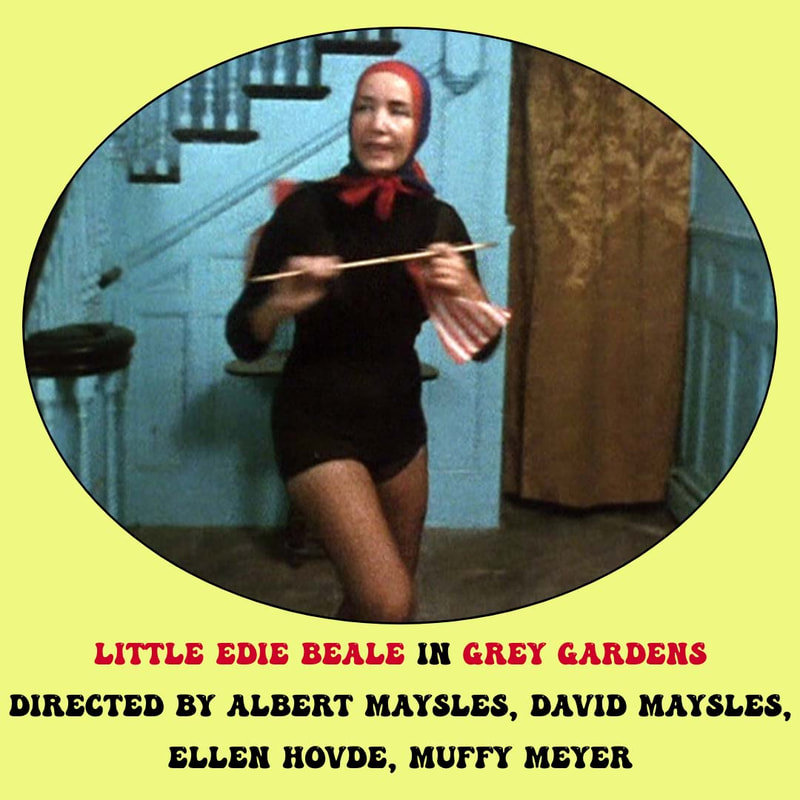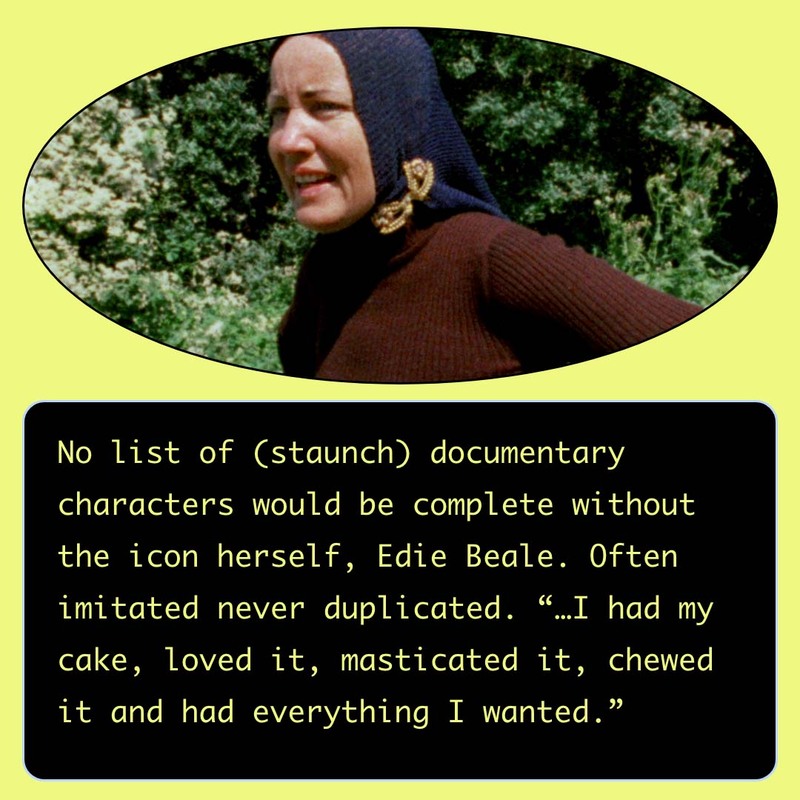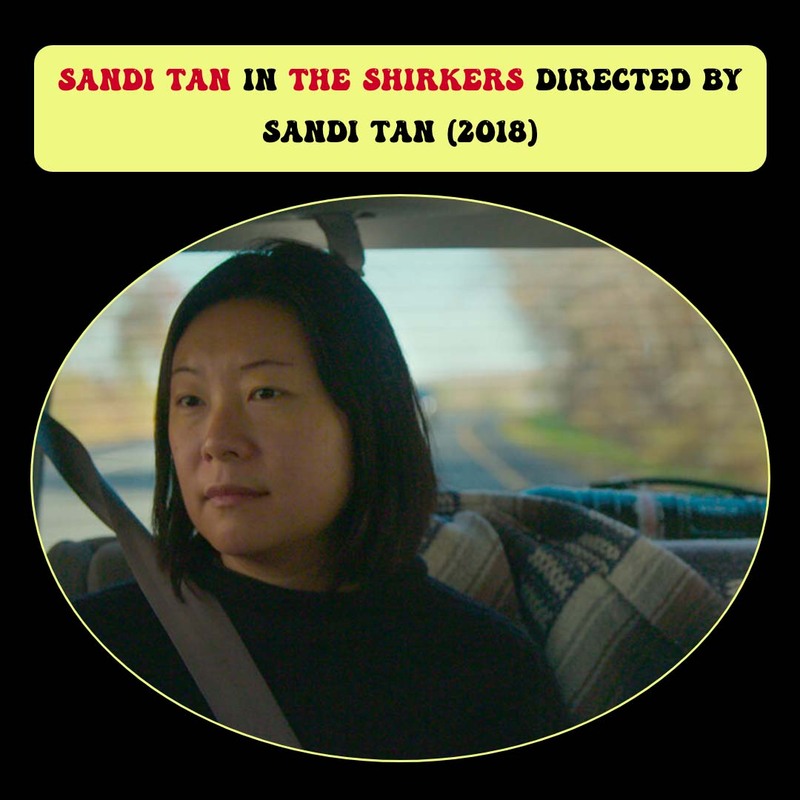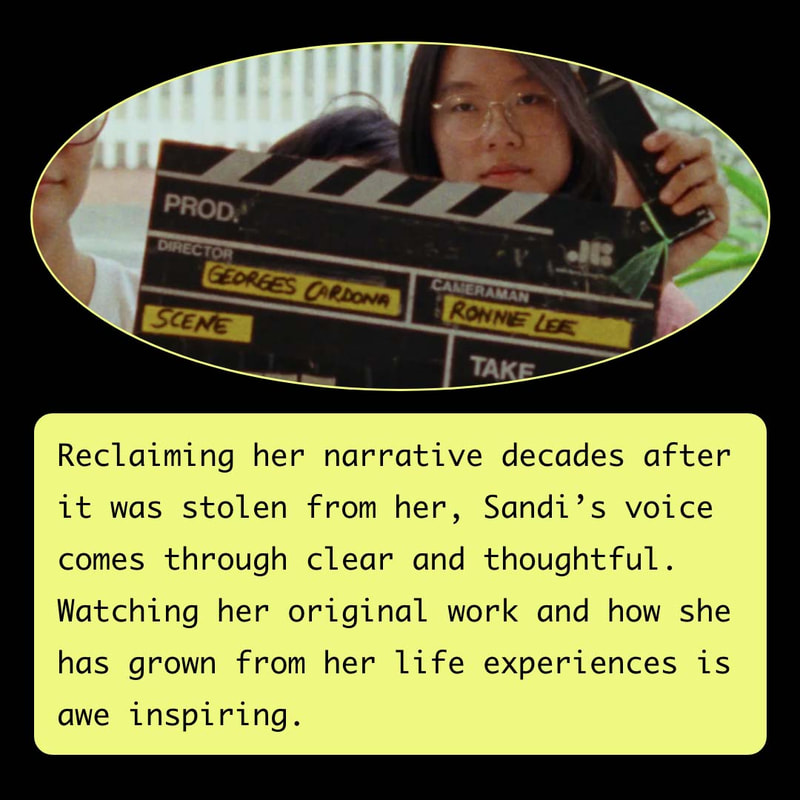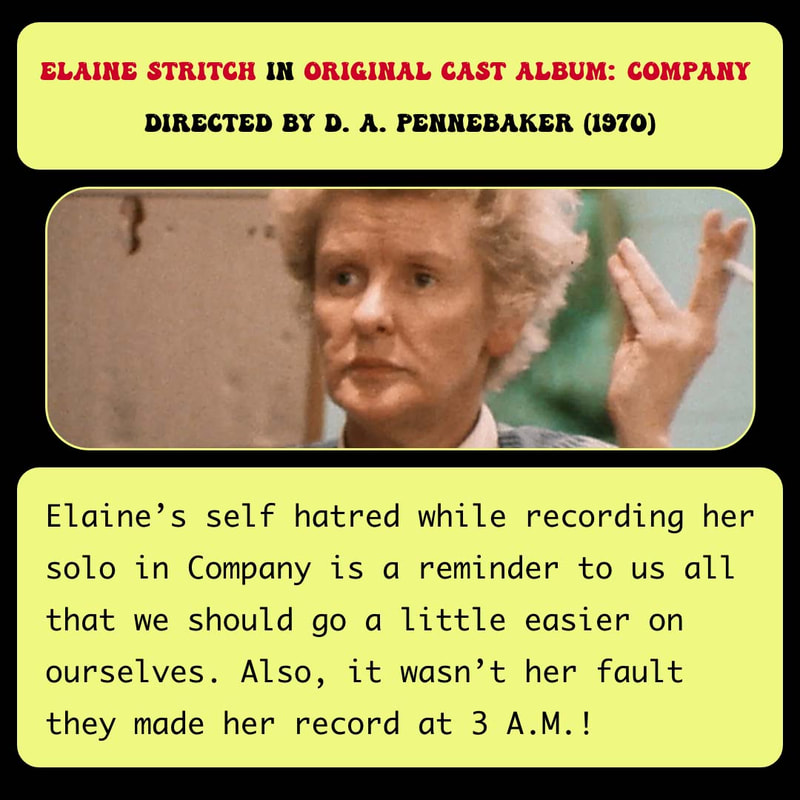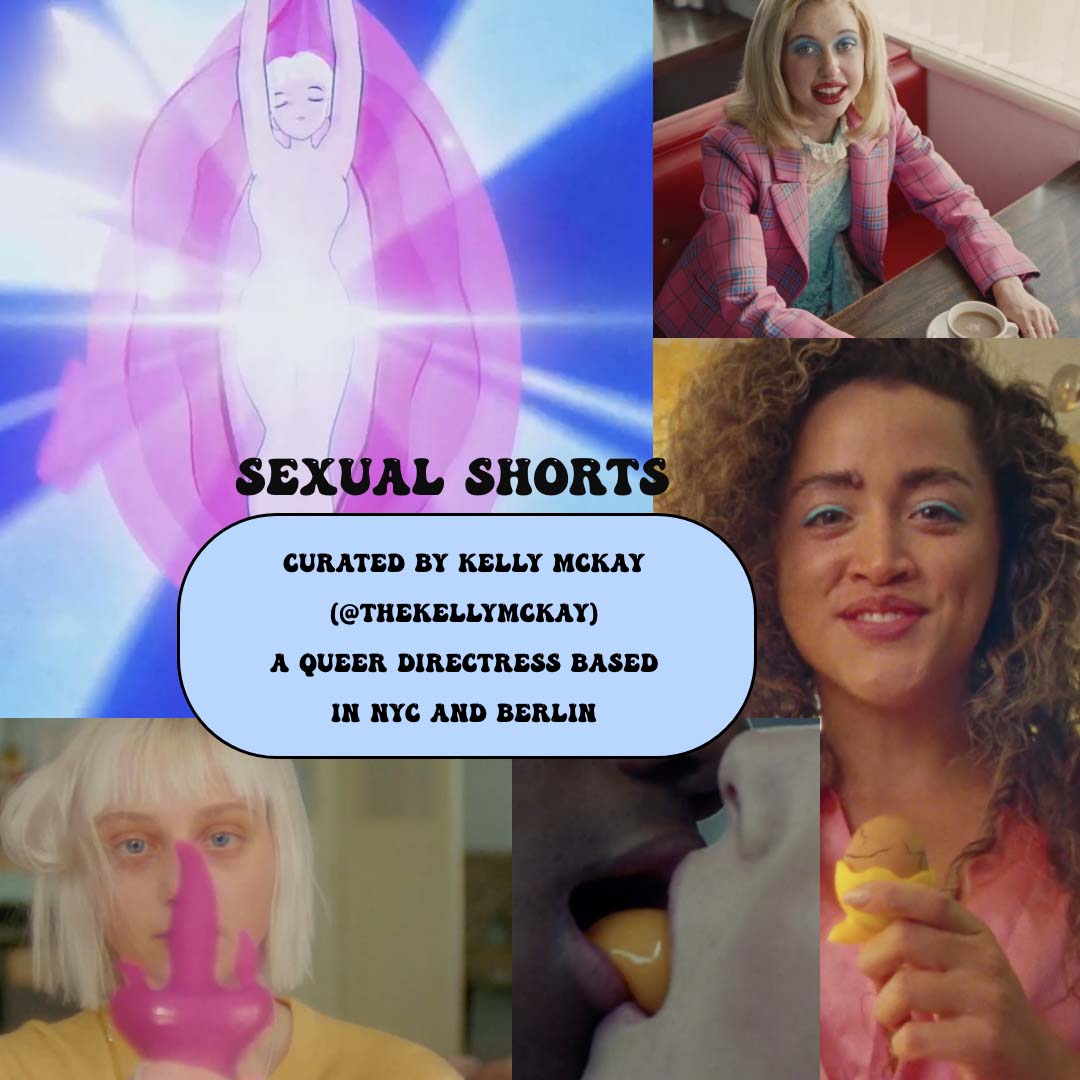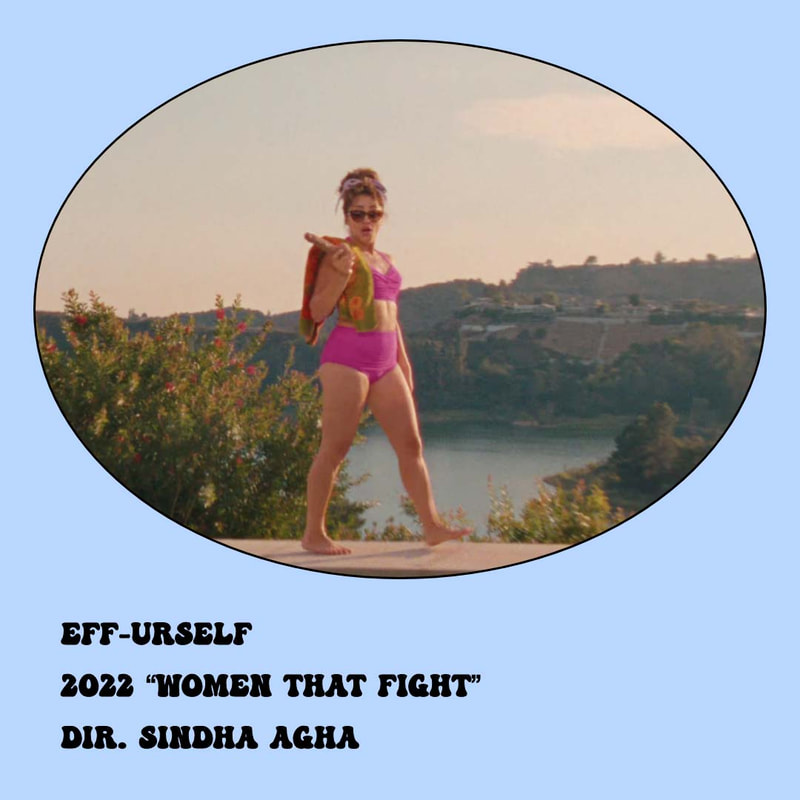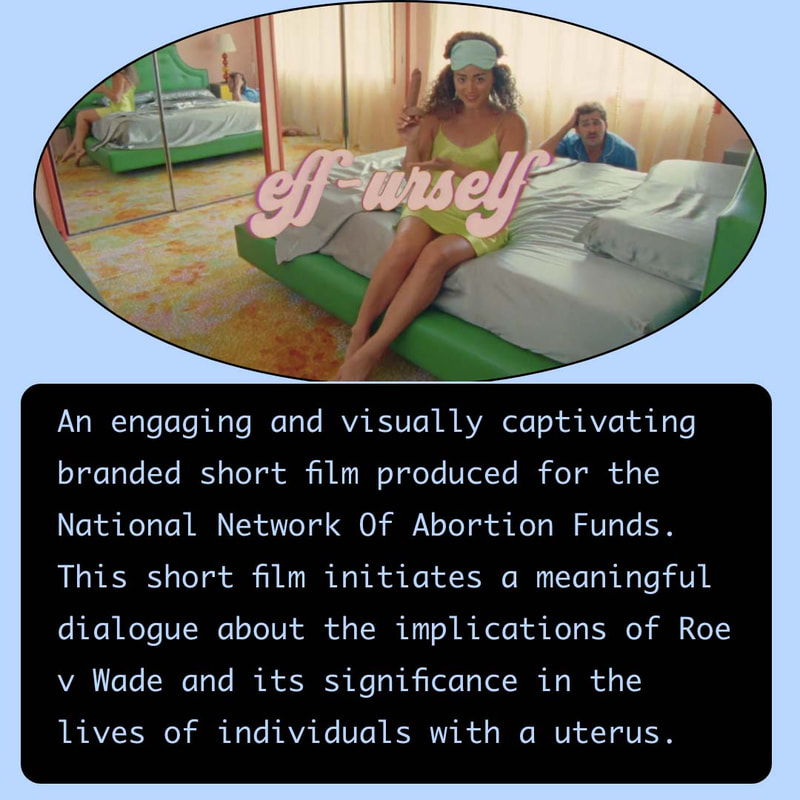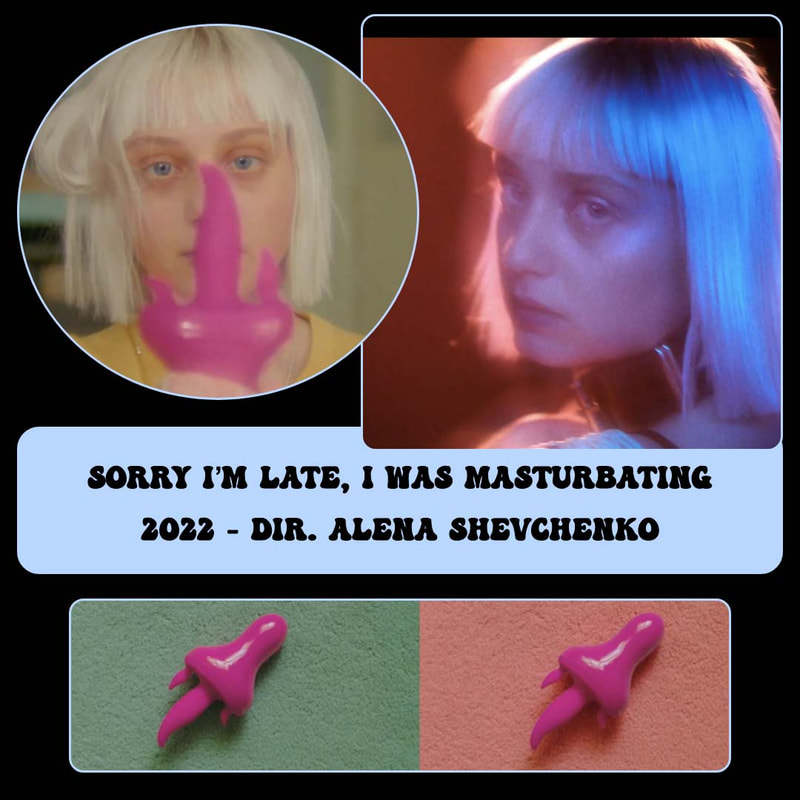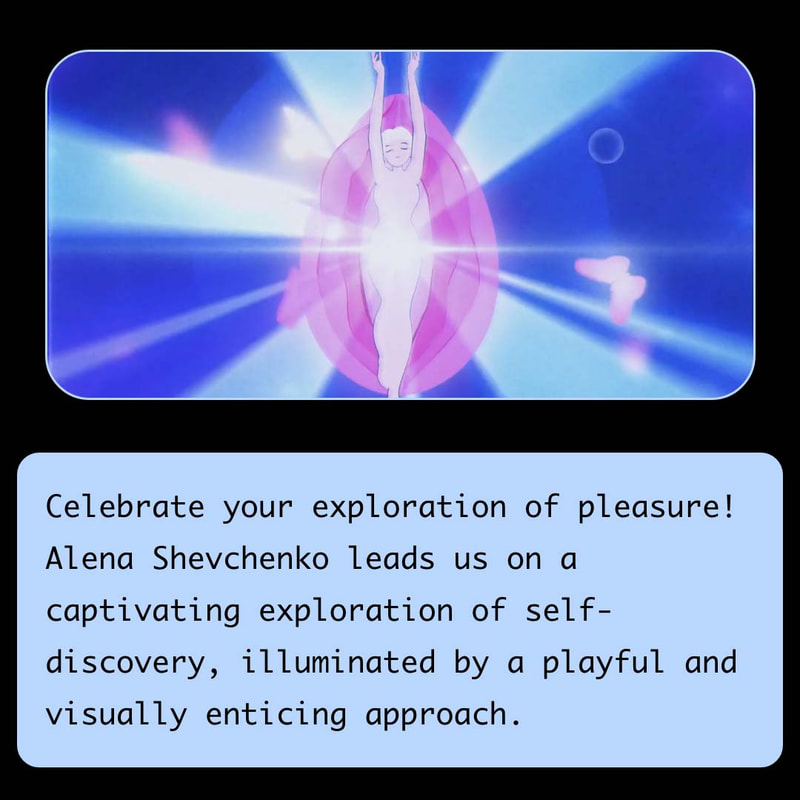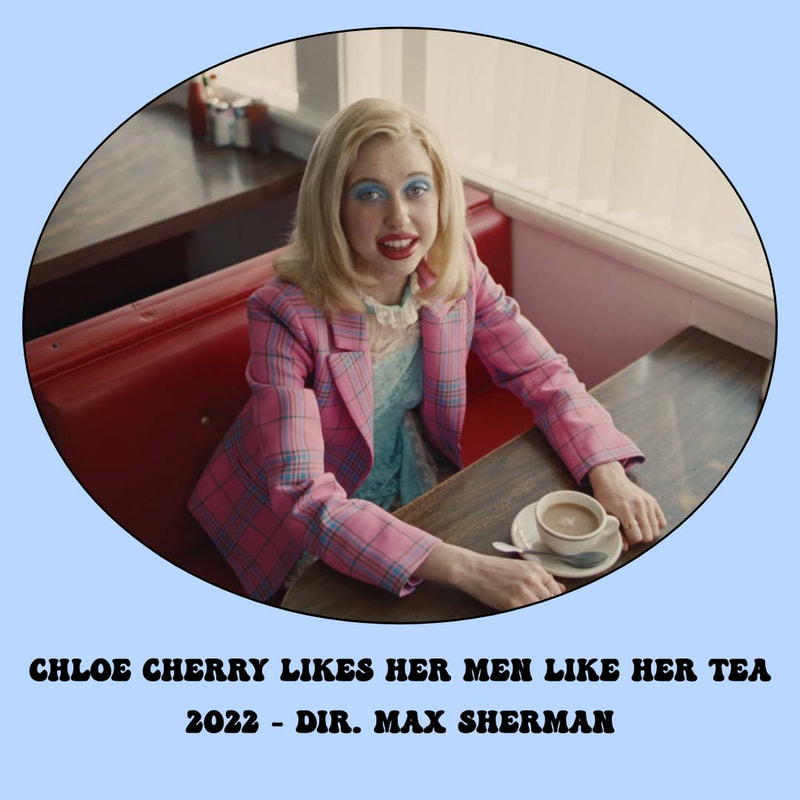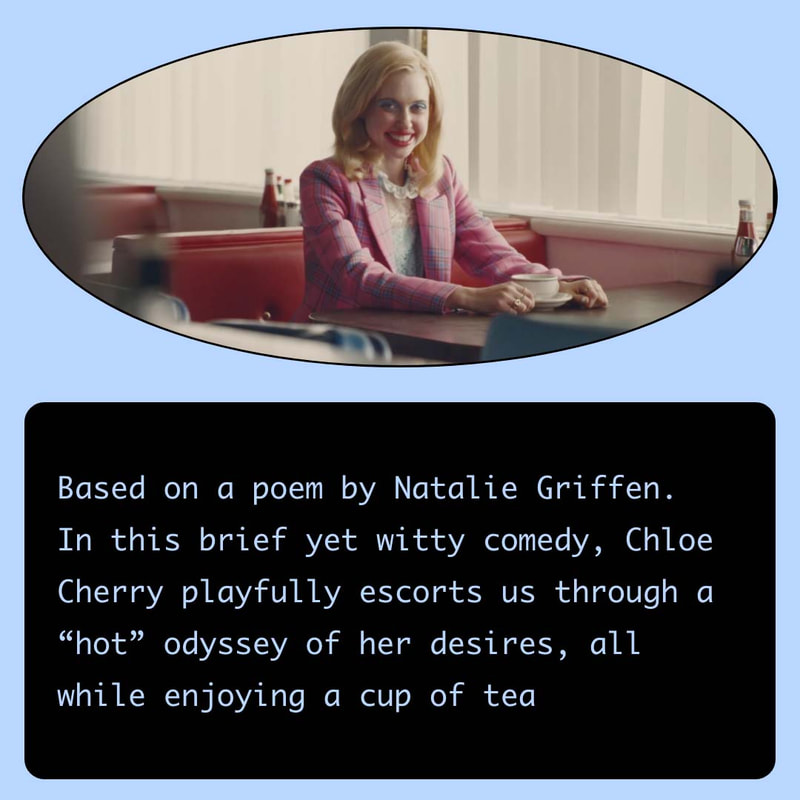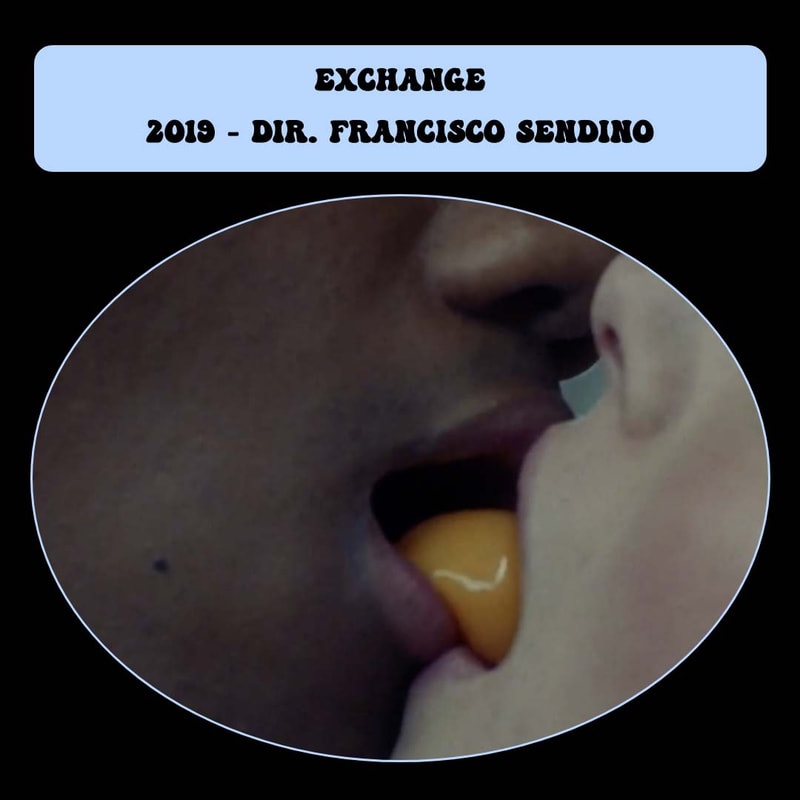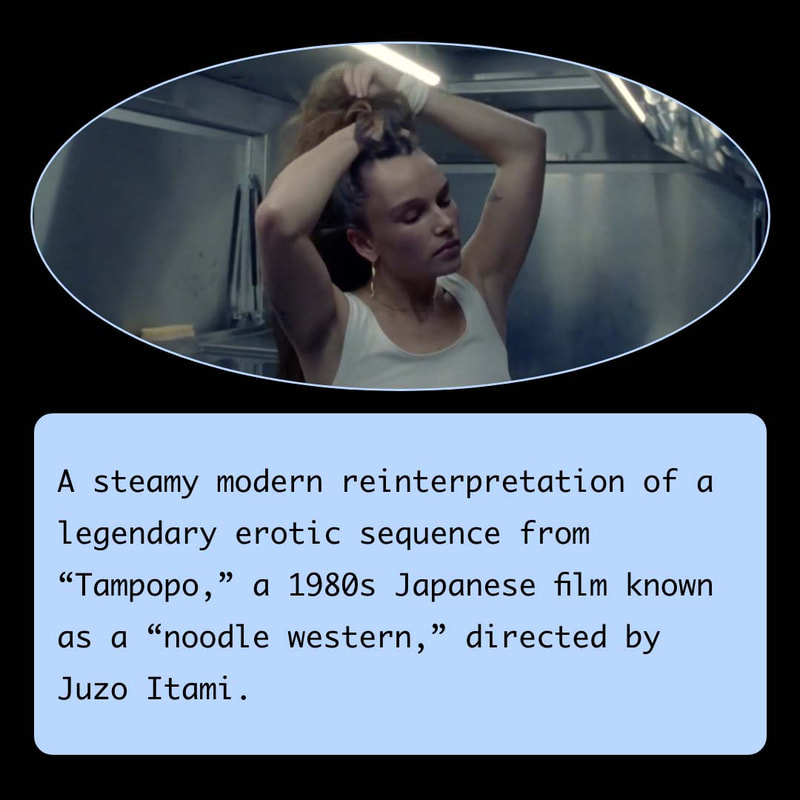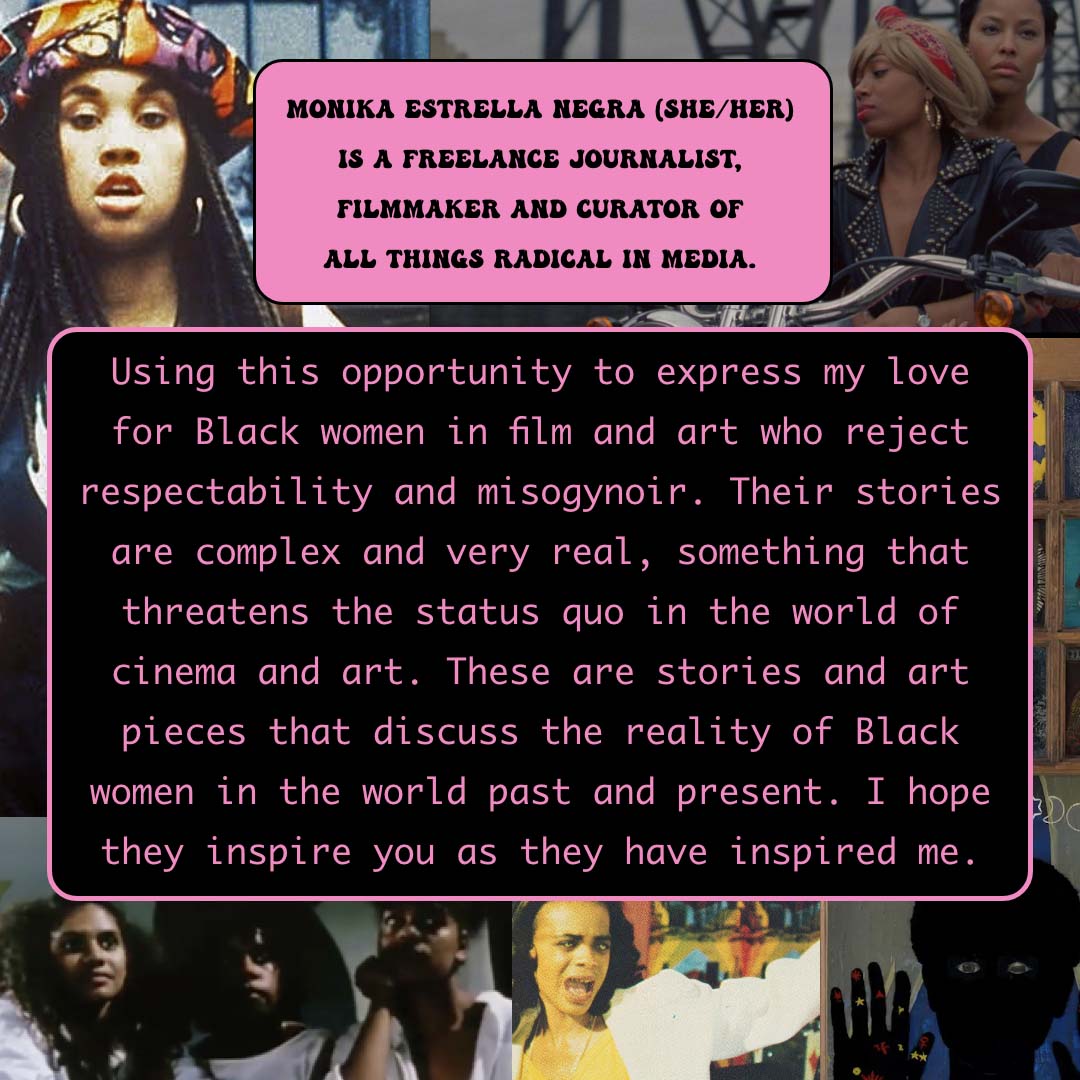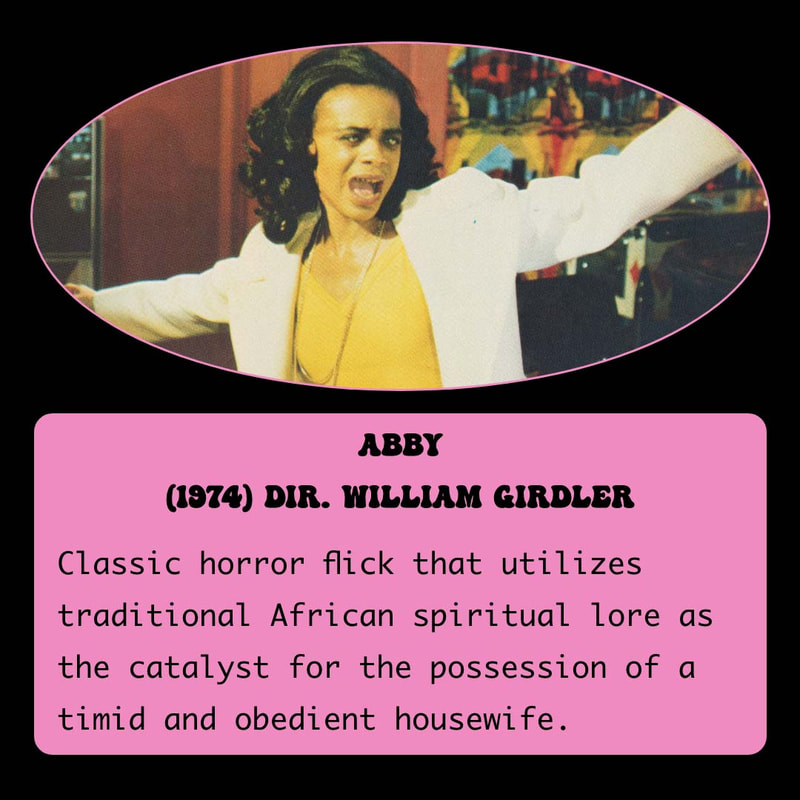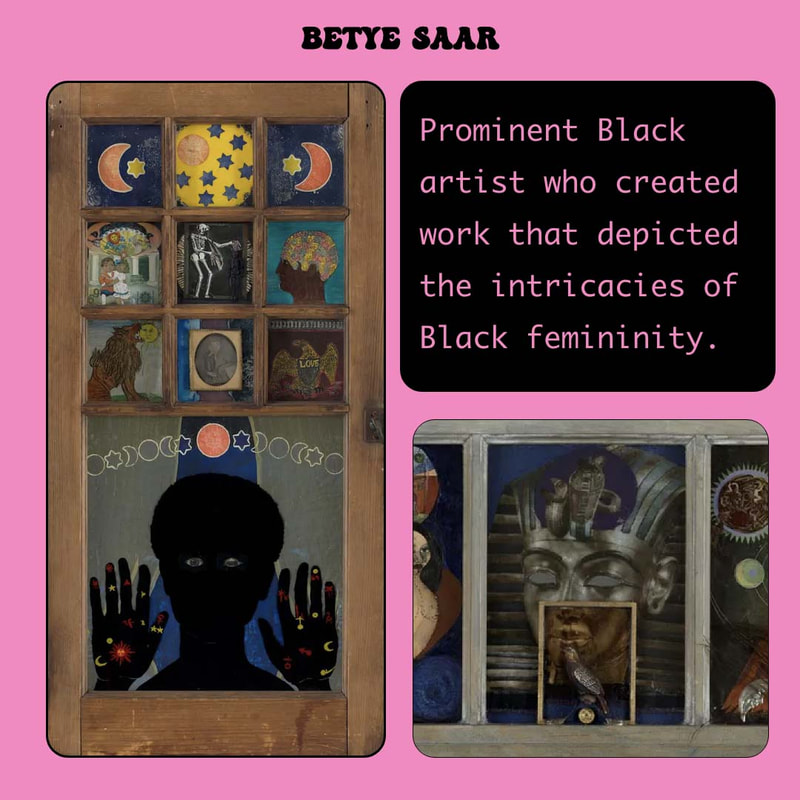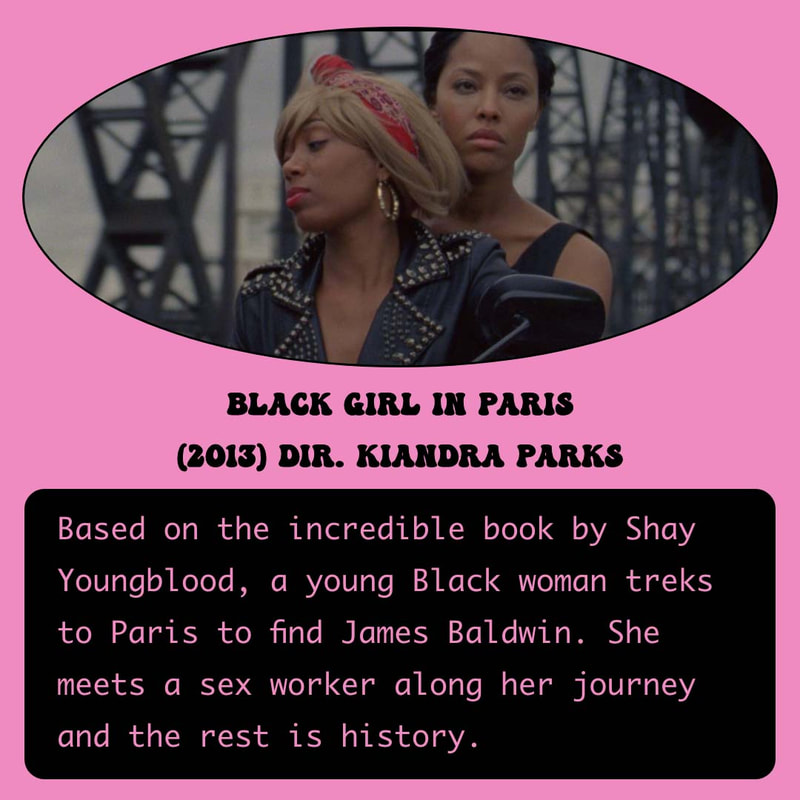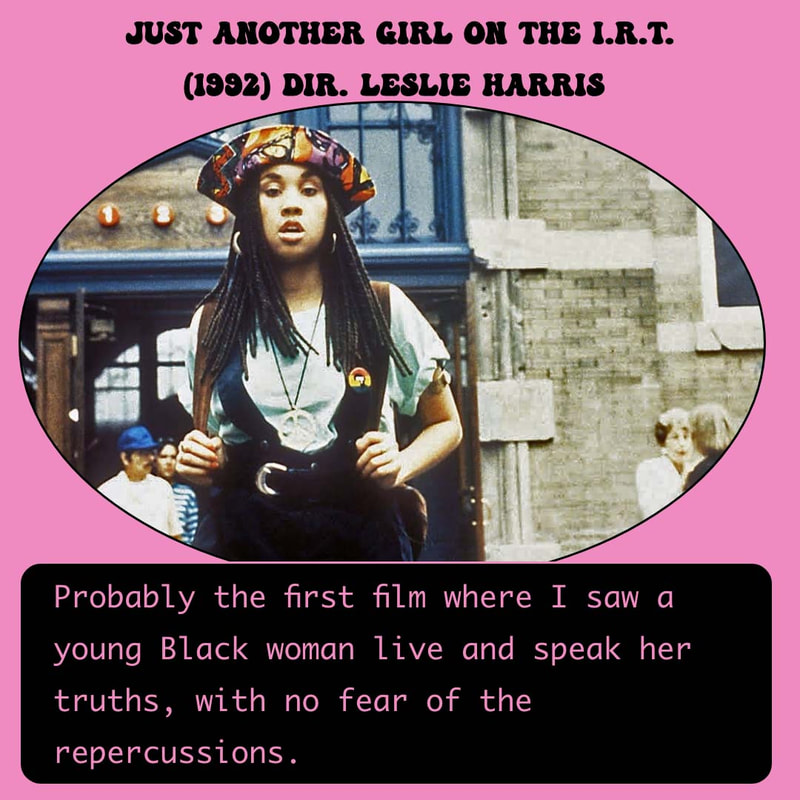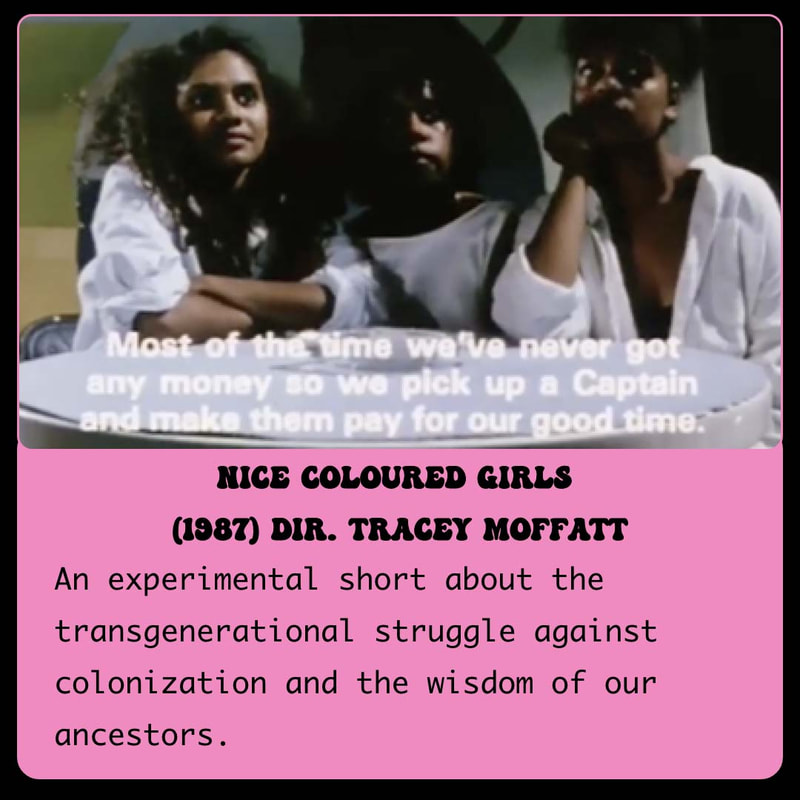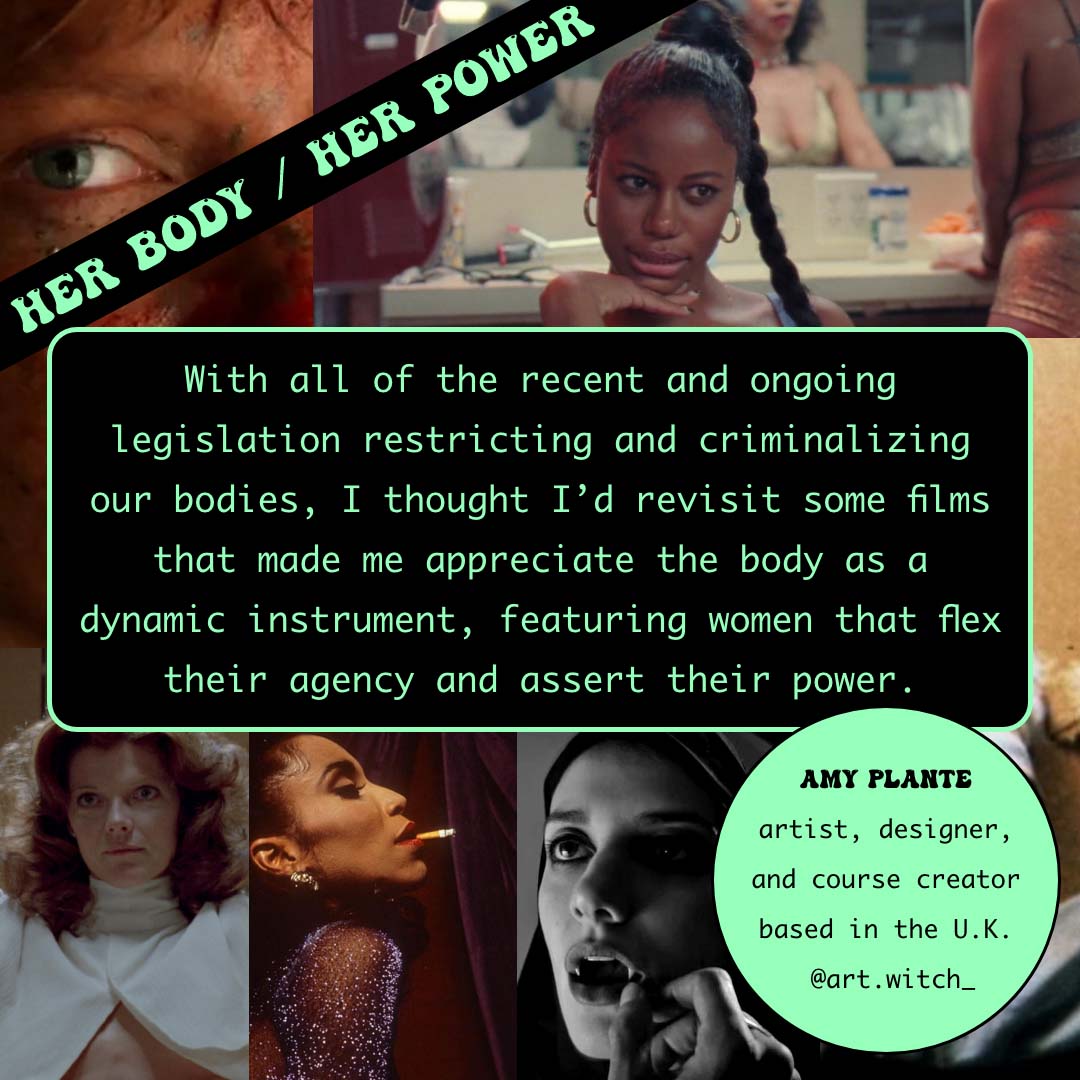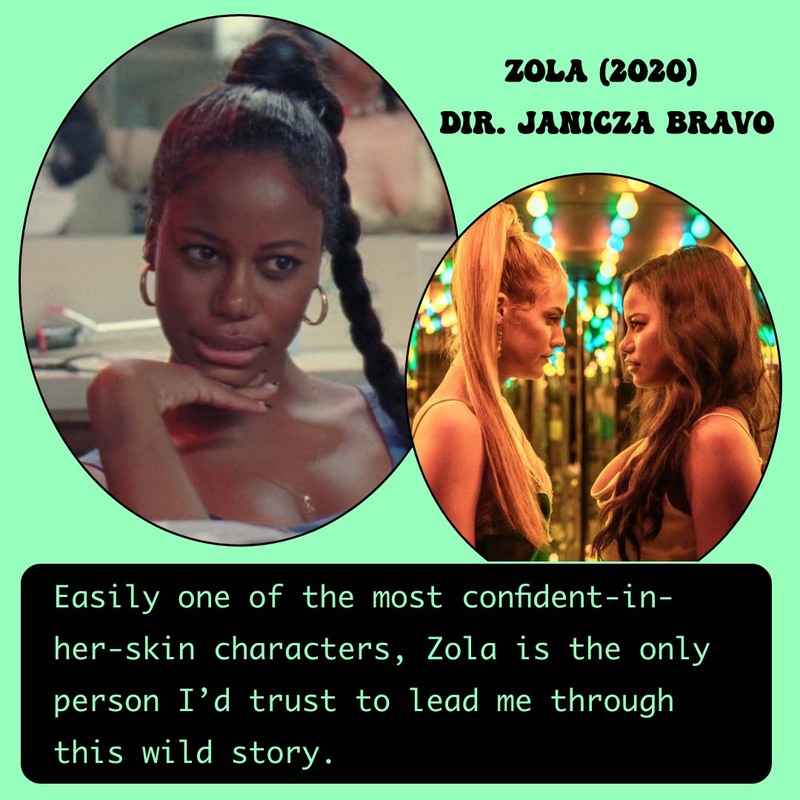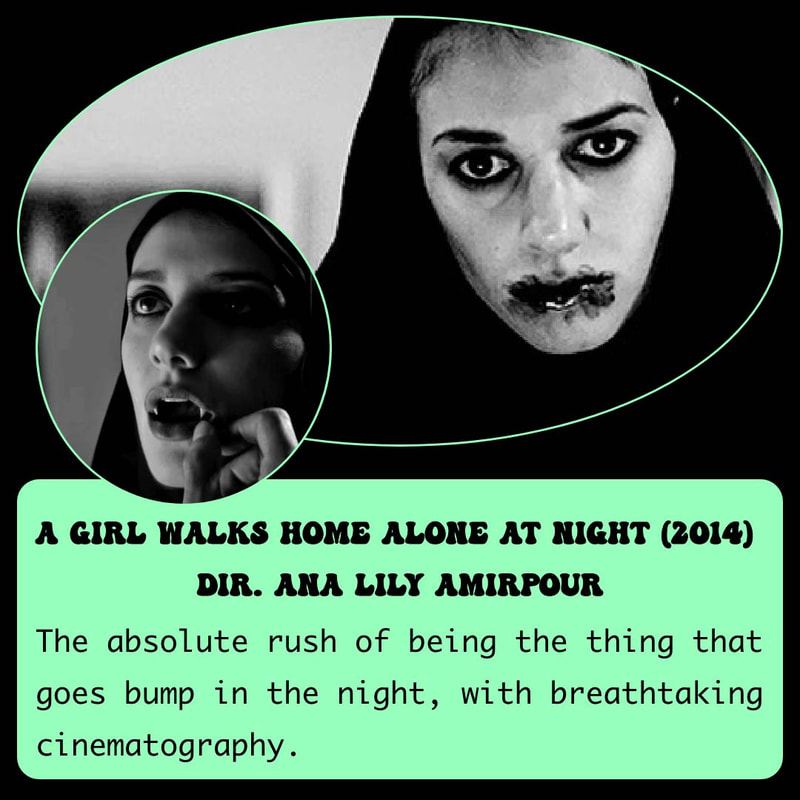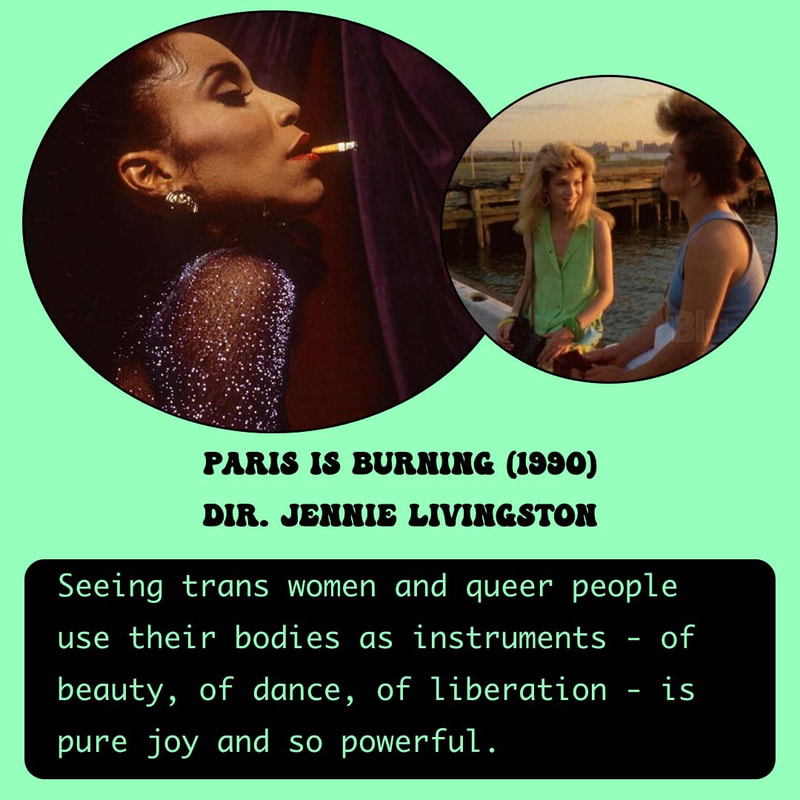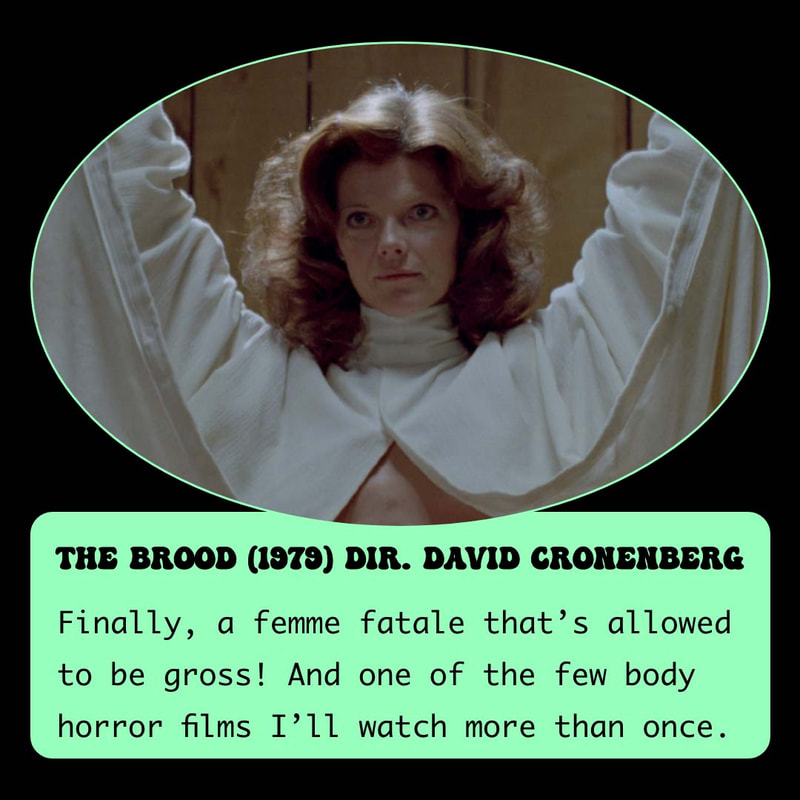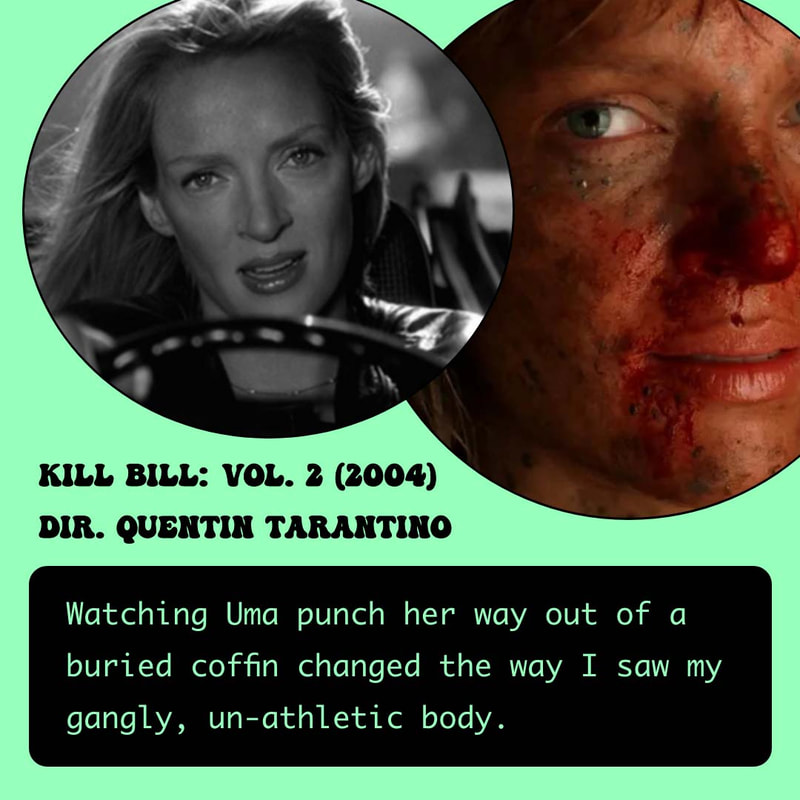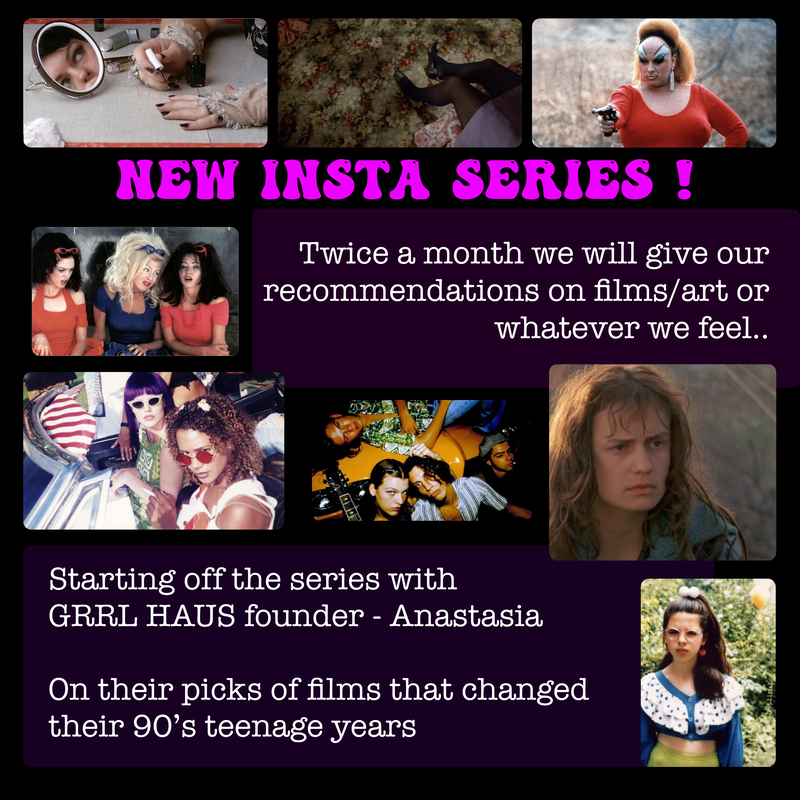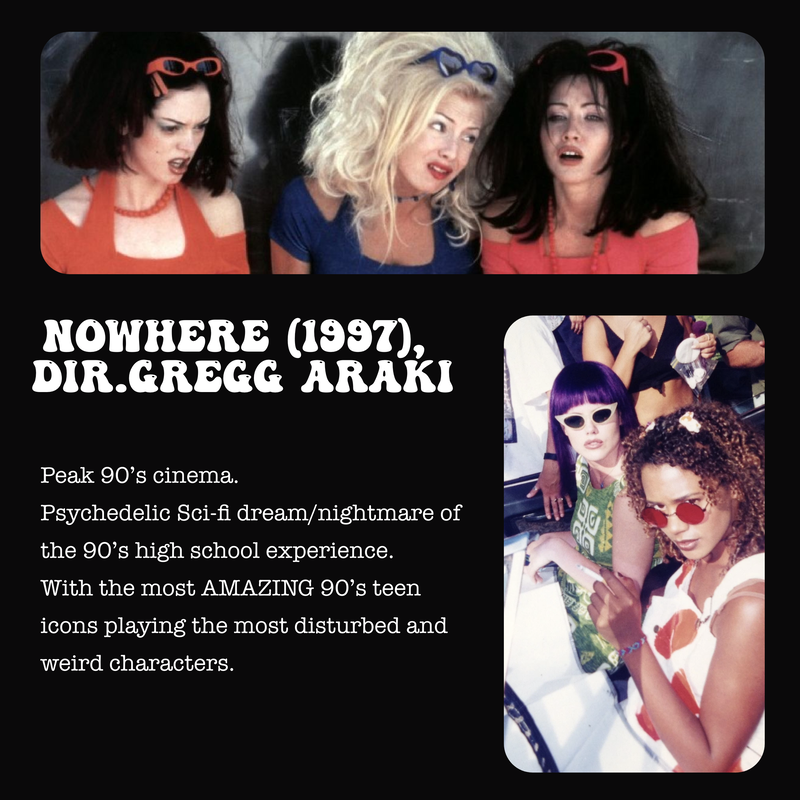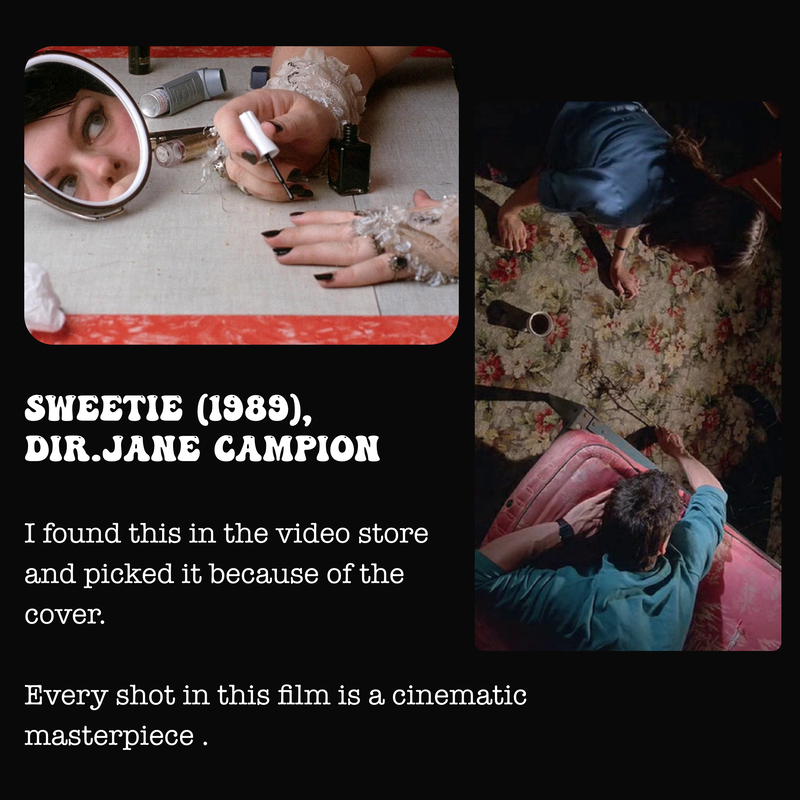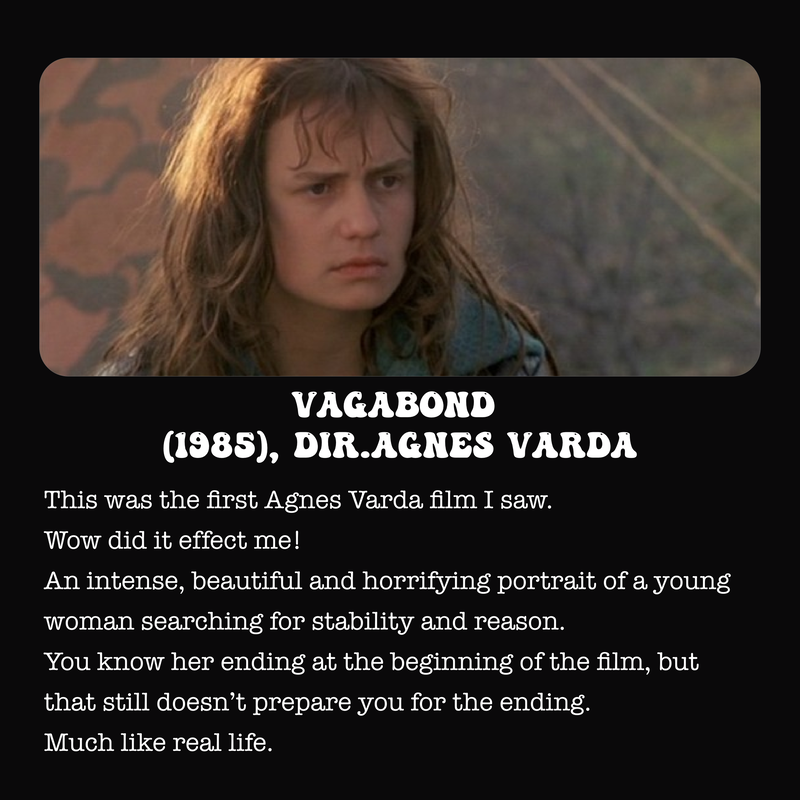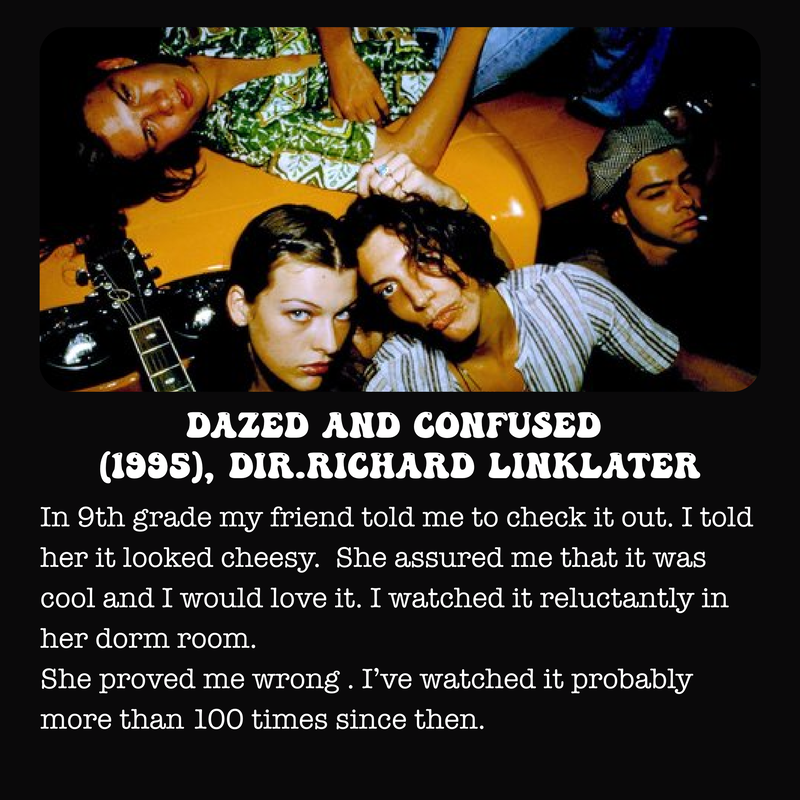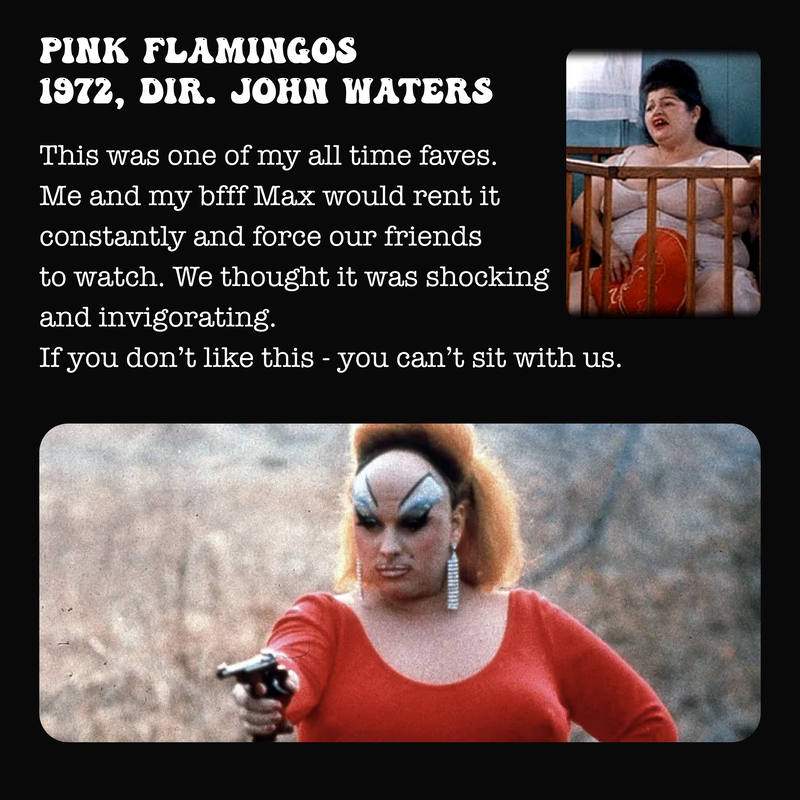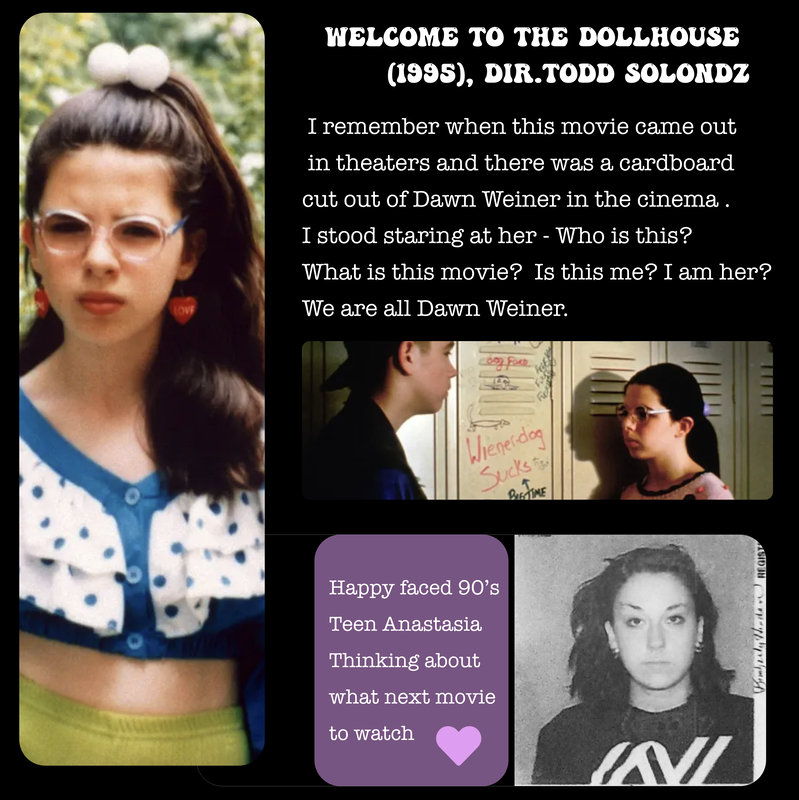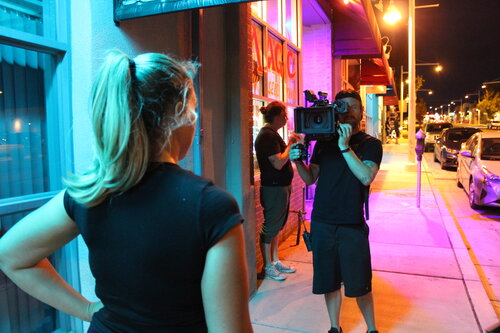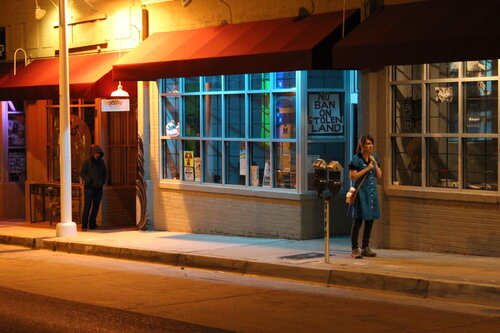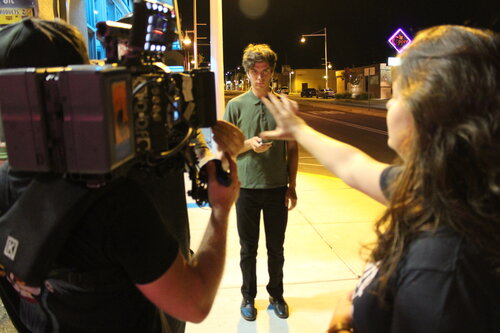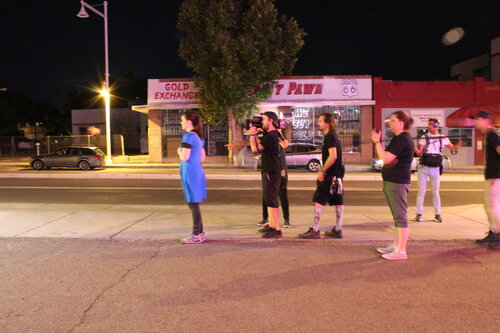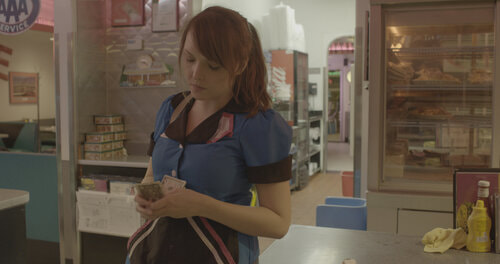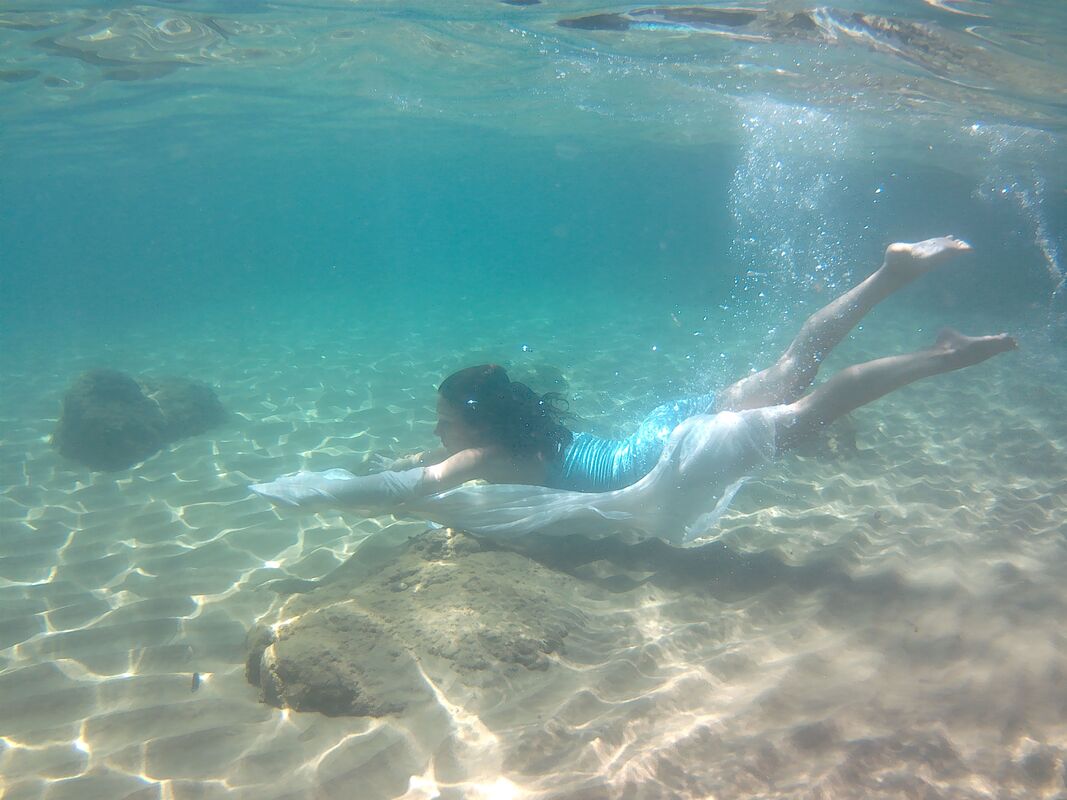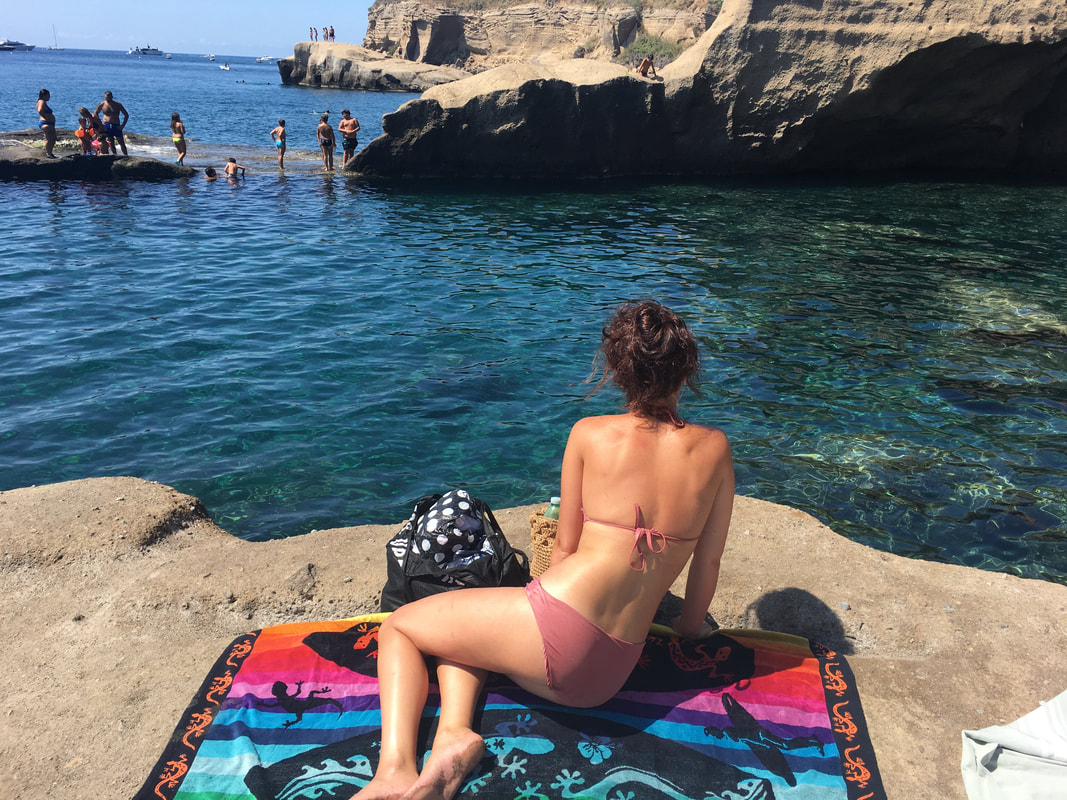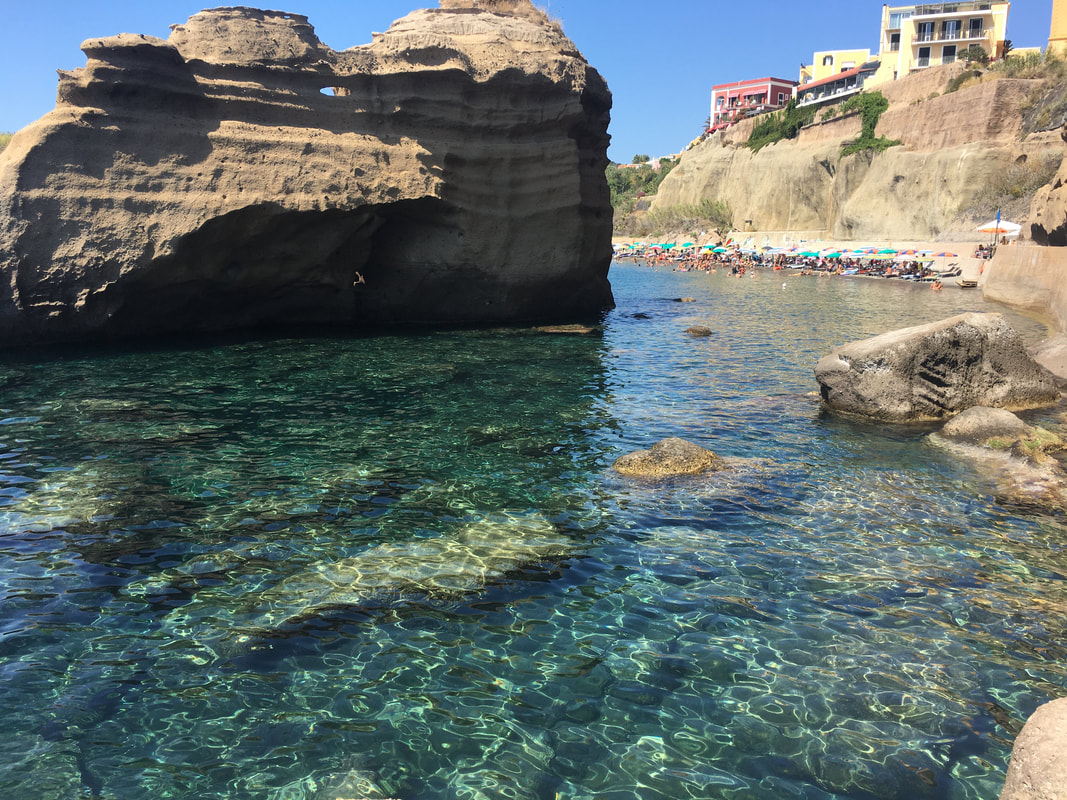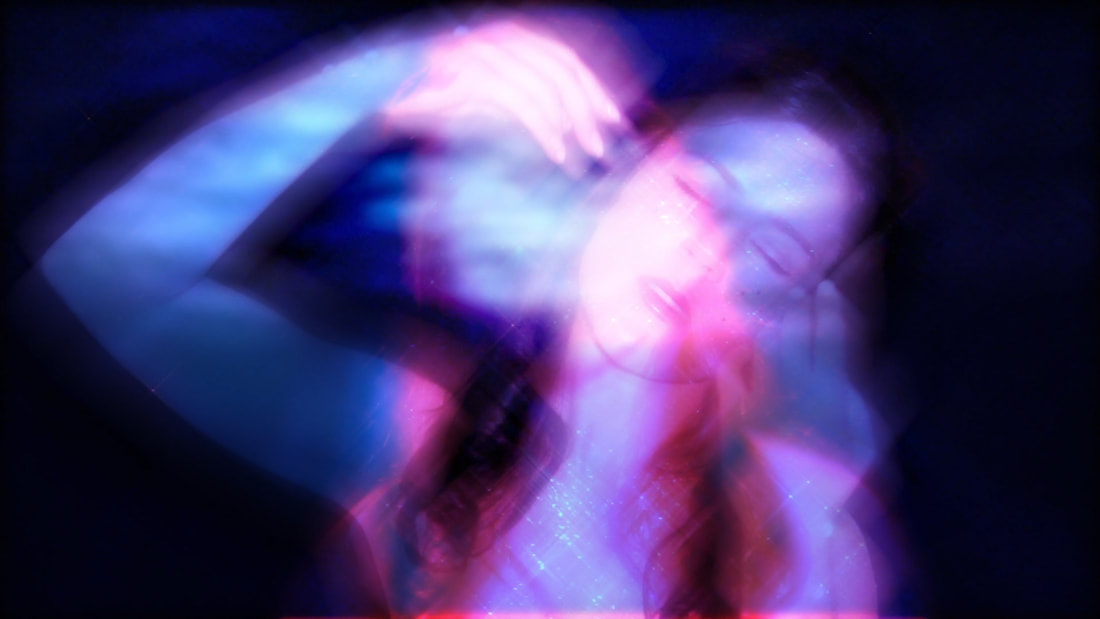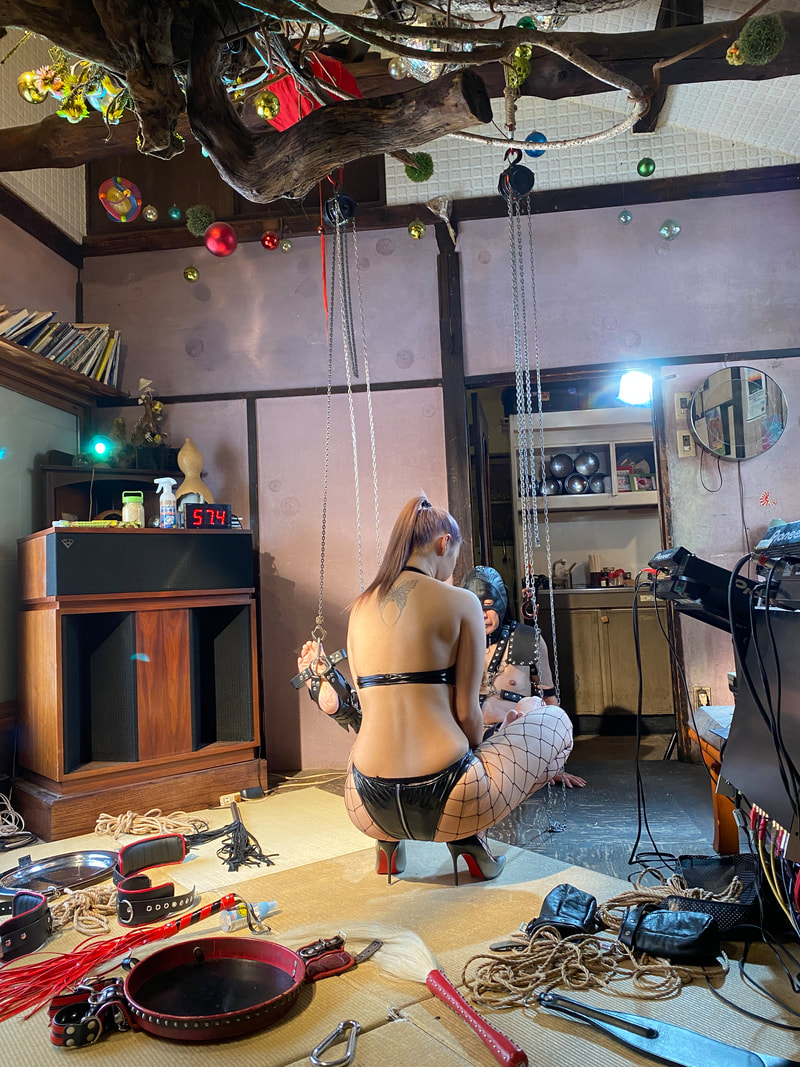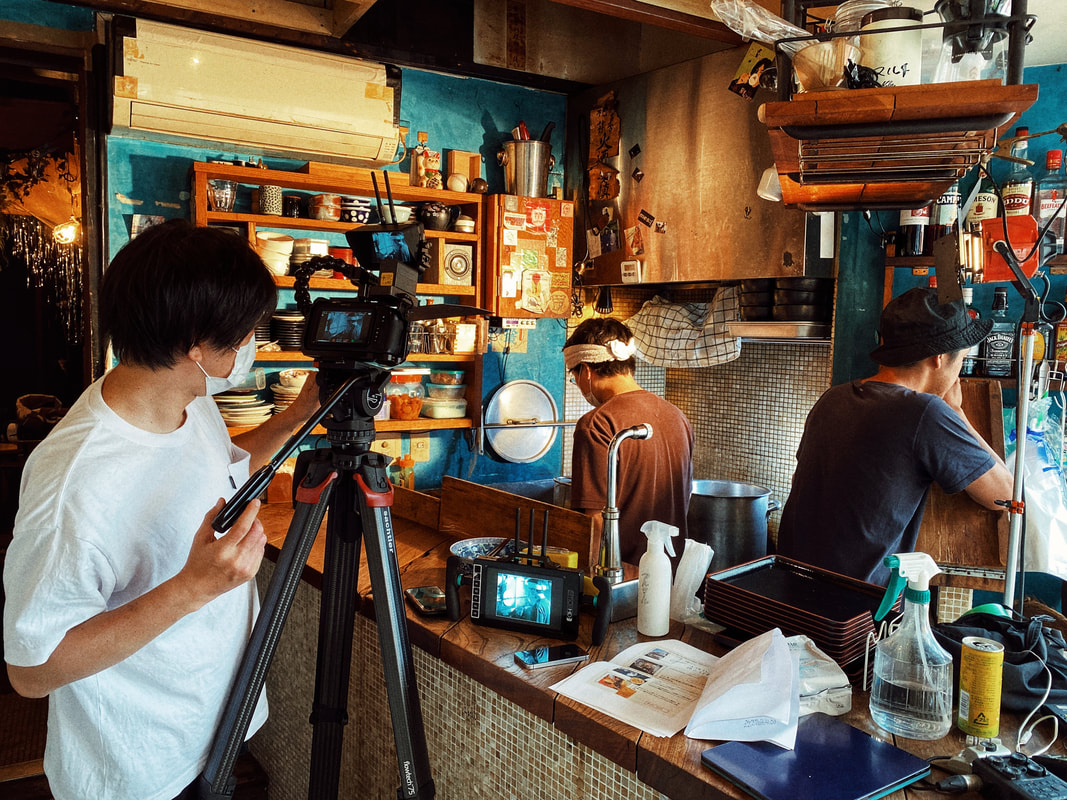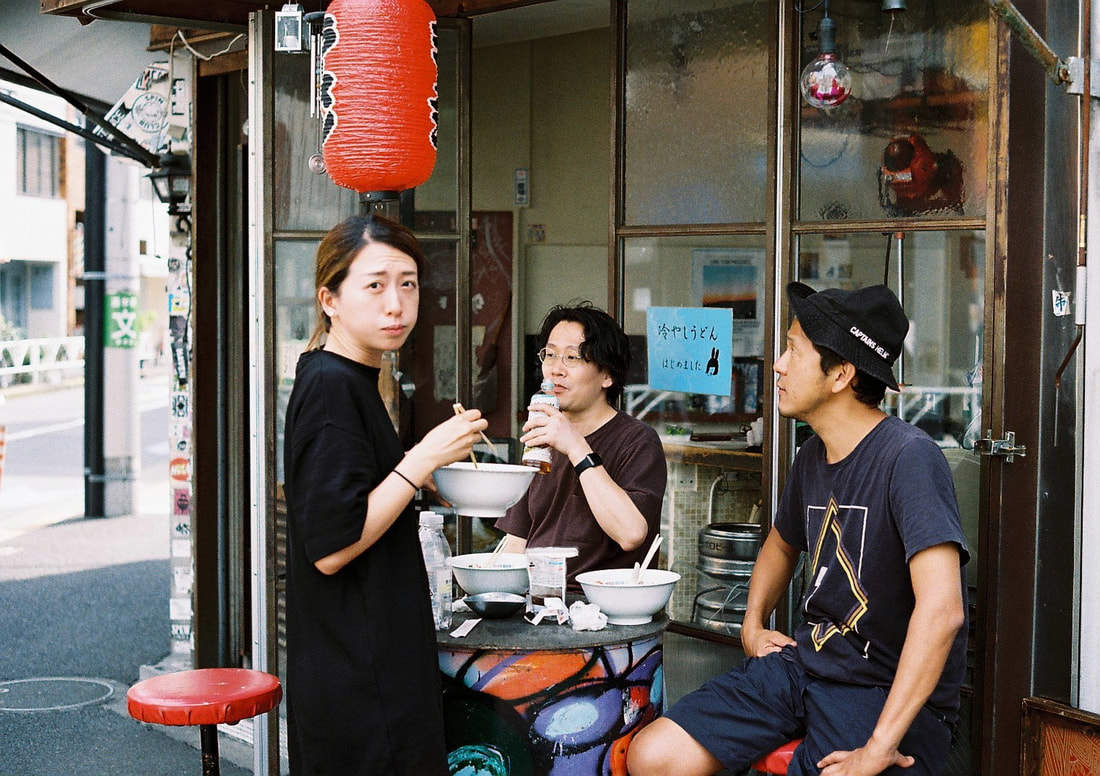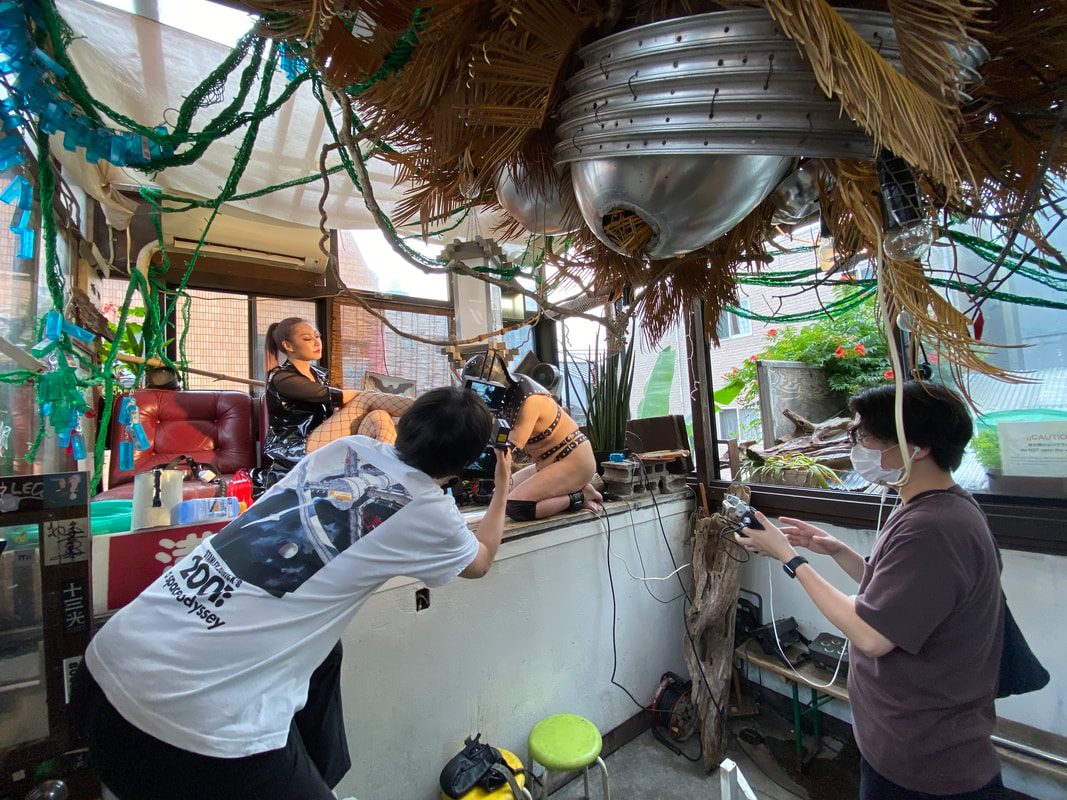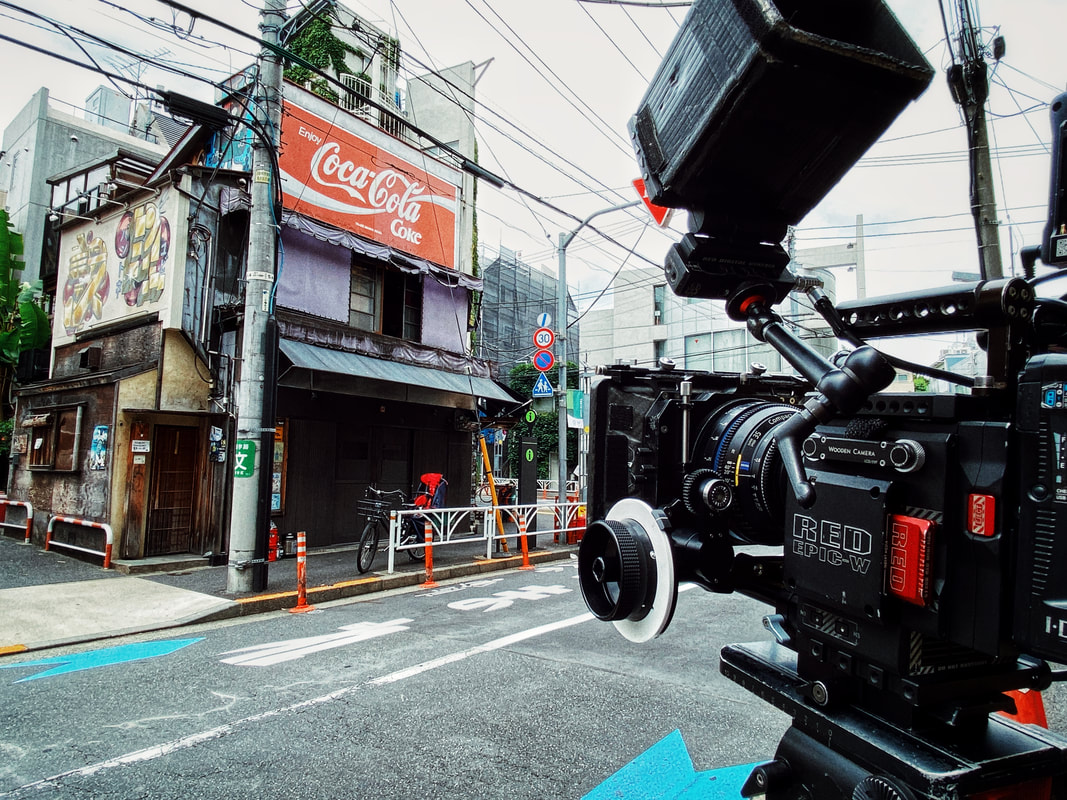|
My Walk Home
For Alex, a simple walk home from work is anything but safe. Danger could be around any corner, for a woman walking home alone, at night. Lindsay Heatley is a writer and director, based in Albuquerque, New Mexico. Her work centers around stories of underrepresented communities. Her short films have covered topics from immigration to drag performance. Lindsay’s most recent film, My Walk Home, is a story about the harassment most women encounter in their day to day life She hopes to continue using her skills as a writer and director, to share stories of oppressed communities and peoples, through the medium of film. https://www.lindsayheatley.com
1. I was really struck by your film. It was such a familiar experience and completely resonated with me and I believe it resonates to many people, specifically women. How did you develop the story?
First of all, thank you! This story was created to share this universal story with those who don’t experience the fear of walking home alone at night. The story was born out of a conversation I had at work. A group of male coworkers, who I consider close friends, made the comment that women seem to have it easier than men now. Basically implying the problem of sexism, and all the connotations that go with it, seems to have been solved. For me, film is the best way to put someone in my shoes. To share a personal experience with someone that can’t experience it because of gender, race, or class. Something as basic as walking home alone can be terrifying for women, it’s ingrained in our society. I chose this specific topic because it speaks to the larger issue of violence towards women that is accepted in our society. We learn to deal with it instead of society trying to solve it. The purpose of this film was to share this experience and I’m glad it resonated!
2. I loved the use of camera movement. The scene where you can’t fully see if a person is walking behind and the camera moves back and forth, swaying on the main character, like eyes darting frantically. Can you tell us how you went about achieving the sense of anxiety in the film?
I wanted the audience to be in the main character, Alex’s head. My DP, Neil Solberg, and I felt the best way to achieve that was tight, handheld shots. I wanted the audience to see the micromovements she was making to protect herself. When you are being followed you don’t want to attract attention. You try to keep calm, not give off any sign of fear, but internally your heart, your mind, everything is racing. I wanted the audience to feel her adrenaline pumping in her veins, to feel and share her fear. To be right in her face, that was the best way to share it. So much credit goes to my actor, Sofia Embid. To share that much emotion with a camera directly in your face is truly a credit to her acting ability. She nailed it, we just had to point the camera.
3. There were so many aspects that made me think of how a simple task can go differently depending on who is the protagonist. And how something so horrifying can happen so often that it becomes a regular part of a persons life and they learn to adapt to it. How has the reception been from men who have viewed the film?
The reception from men has been incredibly positive. When I first came up with this story, I just assumed it was common knowledge. If you’re walking home alone, you carry keys in your hand, pepper spray, you’re ready to go into war. What shocked me most, was how few men knew about this common female experience. The men who’ve seen it have had emotional responses. It is incredibly encouraging to see them truly grasp the experience we feel. When my DP read the script he was almost as adamant as me that the story be told! I am heartened to say it has been a very positive reception.
4. What do you hope the audience will take away from this story?
Universality. I want the audience to understand what it feels like to be Alex. To understand and apply it to their life. Look out for each other and understand that everyone is on a different journey.
5. Do you have any future film / art projects you can tell us about?
Yes! I was able to develop my first feature film script, Las Muertas, over the summer. It is a dia de los muertos centric horror film exploring a young woman’s grief over the loss of her sister. I am currently in pre-production and hope to begin shooting in 2022.
With the reopening of live events in Berlin we will be slowing down our Gimme 5 features for the summer and picking up with the regular schedule in September.
Our summer edition will be 3 films June : Pearl - Kyra Garéy, Anastasia Cazabon July: My Walk Home - Lindsay Heatley August: Il Mio Sangue E infinito Nell’oscurita - Coco Roy For our June edition we have something a little different - a music video- made by GRRL HAUS programmer Anastasia Cazabon and long time GRRL HAUS collaborator Kyra Garéy. Since we have been so busy programming our summer/fall screenings we decided this would be the perfect time to share our own creative work on Gimme 5. Enjoy the dreamy summery music video below
1. What was the inspiration behind the song Pearl?
Kyra: Pearl is a song about the desire to relive moments of happiness and togetherness. About a love that was lost shortly after finding it. Like a pearl,that love belongs to the sea, and that is where he returned to. All that she is left with are the precious memories.
2. How did you come up with music video concept?
Anastasia: Kyra already had the underwater music video concept while making the song Pearl, so she came to me with an idea fully formed. We then brainstormed and worked together to come up with a dreamlike aesthetic. I've made many music videos and I love when artists/musicians come up with their own concepts to work off of, so it feels like an exchange of ideas and a collaborative creation . Making art with friends is one of my favorite things to do. I find so much inspiration from my friend community and having a creative base . We push each other to think differently, grow, and explore new ideas.
3. Where was the video filmed?
Anastasia: We made the film last summer in beautiful southern Italy. The underwater shooting took about 5 days and we shot off of the beaches of Gaeta, Sperlonga and the island Ventotene. And a pre - production rehearsal shoot in a hotel pool. All of the singing studio shots were done in Berlin.
4. Can you tell us about the whole production process?
Anastasia: The whole production process was very intimate and organic. In that we only had one camera person (me) and one subject (Kyra), and then my partner Mattia was our location scout and production assistant. Me and Kyra worked off of each other and it was a complete collaborative production. We would dive underwater and she would improvise moves. She came up with underwater dance choreography while I would swim along side of her. I had started off with a snorkel set while filming, but after seeing her dive down and hold her breath so long, I decided there was no excuse for me not to follow her (and the snorkel set was getting in the way). So the shooting also became a test in stamina. When we got back to Berlin we did all the close up singing shots. For this I was inspired by Henri-Georges Clouzot's unfinished film Inferno. Specifically the experimental lighting shots of Romy Schneider.
About the artist :
Kyra Garéy is a unique presence in the Berlin songwriter / psychedelic folk / rock underground scene. As the daughter of a German father and a Tartar mother, she was encouraged to play the piano, guitar and be active in Theater at a young age, sparking her passion for music and art. This was followed by a Theater study in London (BA Honours at Southbank University), several invitations to jam sessions and concerts in renowned Moscow clubs such as B2, Bluebird, Bourbon, Roadhouse and the founding of her first band here in Berlin. In addition, Kyra graduated from a media composer education and training as a sound engineer, that led to experimenting with electronic music. With a saturating soulful blues, folk and rock sound she refines her skills day by night, creating a diverse repertoire of compositions. Her songs are a journey through time, a road trip through the beauty of desolate highways on the search for meaning and love, through the vastness of the universe, through the mystique of the deserts, mountains and steppes where lost souls and spirits live but also the shamans linger. An infinite story of self-discovery filled with passion, dreams, fragility, suffering, anger, desire, sexuality, love, consciousness, growth, joie de vivre and strength. About the director: Anastasia Cazabon is founder and executive director of GRRL HAUS CINEMA. Along with being a film curator she is also a photographer and filmmaker. Her photographic work has been exhibited internationally, with solo exhibits at National Museum of Gdansk, Photo Edition Berlin and Monat der Fotografie-Off Berlin 2018. And selected group exhibitions at Eleni Koroneou Gallery (Athens, GR), Phifest (Milan, IT) and Photographic Resource Center (Boston, MA, USA). Among the publications where one can find her work are GEO Magazine, Aesthetica Magazine, Adbusters and Photo World Magazine. She has curated shows for GRRL HAUS CINEMA at venues such as, the Institute of Contemporary Art Boston, Alamo Drafthouse New York and the Brattle Theatre. Anastasia is based in Berlin and is a graduate of Massachusetts College of Art and New England School of Photography. Her work can be seen at www.anastasiacazabon.com
Keep your mouth shut, my dear
COVID-19 VS BDSM. A submissive man wants to serve his mistress, but he is also a clean-freak with germ phobia. He is worried when having a session, "Is my tongue clean?" This is a story about human suffering. Director Statement How a BDSM lover figures out their fetish during a pandemic... We filmed this project in Japan when it had a declaration of a state of emergency. Minimum cast and staff, with one day of filming. The location is in one club in Tokyo, which also had shut down because of the pandemic. Currently Lily Rinae finished a documentary "Born Balearic" in Ibiza, Spain. The movie is nominated in 11 film festivals which include Chelsea IFF in NY, Seeyousound in Italy and Doc'n roll festival in London. The film won "Best Sound feature" in Indie Memphis, and "Best Cinematography" in Madrid. Her strong passion is making movies about music and....BDSM. During COVID-19, she moved back to her original country Tokyo and is following her real passion. Her films focus on physical expression of passion and emotion. https://www.lilyrinae.com/ https://jonsatrinxamovie.com/ https://vimeo.com/user90760616
Interview questions from Eleni Tongidou
1. From the opening scene we enter a sound atmosphere which is at once vibrant and penetrating. As a viewer I immediately connected to the sounds which act as acoustic stimuli. What is the role of sound in this film? In my film, sound is one of the main subjects. It's not just a part of making a movie elegant or gorgeous, sound can be a primary character as well. I'll tell you a secret, the scene of a woman slurping ramen - those sounds are all a voiceover by me. I recorded it while I was slurping cup noodles at home. We did not hire a sound-recordist because of Covid-19 or just a budget problem. 2. I relished watching this film refer to Covid19, approaching it with astute humor and irony. As constructs, BDSM and Covid19 meet at interplay. A parallel is drawn; relative to the body both express through non-naturalized, constrained ways. Something that within the bdsm framework is considered liberating as it goes beyond the normative. Was a comparative dynamic between the two obvious to you? Wow, I never thought of that. It's an interesting consideration. Love it. The way I see it is, the world of BDSM and the world with Covid-19 situations are on the same layer. After the pandemic, there were so many rules everywhere and now our lives are controlled by them. Then I realized as a BDSM lover, this situation is very close to BDSM, discipline, rules and following orders. The human race destroys the earth's discipline more than any other species in history. And in the end, the Earth punishes humans as a result of this human behavior. Covid-19 trained us. It's like the film is saying, "Welcome to the BDSM stage, world. Fetish lovers are used to it."
3. In ‘Keep your mouth shut, my dear’ the perceived notion of Covid19 is communicated through simulacra; images which compose our understanding of reality. Largely our exposure to the disease has been through media representation and our understanding of the virus could change according to the imagery mediated. Additionally, as viewers we are looking at these images not as static perceptions but rather as active representations of the characters’ way of feeling and experiencing of themselves. In the end, the film shows the submissive character wearing a mask, however his mouth is left exposed. We can see him smiling. What does this scene communicate in your opinion?
"All the matter of this world is play. If you think so…" This is the written text at the end of film. What follows this line is "Any difficulty can be solved." I believe that dialog makes people relieve worries. Do not need to take it seriously, it's just life.
4. The written text on the film is appearing in three languages. You work between countries and
have an international following. Does having a diverse audience influence your work? I do some collage in my work. Taking all different pieces and making them into a beautiful art. Image, sound, color, angle, composition even written text could be a part of an art. The taste is mainly eclectic. I am happy that my work crosses over the border and reaches all diverse audiences. If someone sent me a love-letter, that would make my day. However it does not influence me.
5. What is new and upcoming for you? What are your plans for the future?
I just started writing scripts for a BDSM documentary. There are two main characters, one is a woman who will work as a mistress, I am looking for a mistress who is in the making and is practicing to be a professional. The camera follows her training and watches her growth process. The other character is a 72 year old elderly submissive man who is looking for his successor and who will take over his masochism. The elderly man will teach a young masochist how to worship his mistress and how he should be as a submissive. Japan has three world famous Shibari(Kinbaku) masters, those characters will appear too.
I made a documentary film about music in 2020.
I would like to share my film subjects setlists. I have been listening to his set for 10 years. ①Listening to Jon Sa Trinxa… ...on Saturday morning, when you're hung over and have chores to do, but can feel the warm afterglow of last night https://soundcloud.com/jon-sa-trinxa/sa-trinxa-live-25092017-29092017-part-2 ②Listening to Jon Sa Trinxa... ...on a lazy Sunday, cuddling with warm cookies and the sun dappling through the windows https://soundcloud.com/jon-sa-trinxa/jon-sa-trinxa-nammos-beach ③Listening to Jon Sa Trinxa... ...on a cozy, rainy afternoon, seeing the umbrellas bloom in the road like flowers https://soundcloud.com/jon-sa-trinxa/jon-sa-trinxa-summer-mix-september-2015part-1 ④Listening to Jon Sa Trinxa... ...when you're blending a smoothie to start Monday fresh https://soundcloud.com/jon-sa-trinxa/jon-sa-trincha-naked-ibiza-the-salinas-beach-mix ⑤Listening to Jon Sa Trinxa... ...when you're lying in bed with the moon, and the world is sleepy and dreamy https://soundcloud.com/jon-sa-trinxa/dreaming-with-nito-the |
Tips and Picks from our collective members and featured artists!
Hand-picked short films and interviews with filmmakers. Free streaming (for a limited time) and 5 questions answered by the filmmakers. Contributers
All
|
